Only be careful, and watch yourselves closely so that you do not forget the things your eyes have seen or let them slip from your heart as long as you live. Teach them to your children and to their children after them. ~ Deuteronomy 4:9
Holocaust. It’s a word with Greek origins that means “burnt offering.” Historically, it’s a Jewish sacrifice that was burned completely on an altar. Today it’s meaning is a bit different – ‘destruction or slaughter on a mass scale, especially caused by fire or nuclear war.’
If you asked me, I would tell you that my favorite of all the places we visited was the Holocaust Museum, although that being said, that isn’t quite accurate. It might be better to say that it had the most profound effect on us, and certainly not something we’re likely to forget – especially the soul-wrenching emotional impression it leaves you with.
From the moment you step onto the museum property, you begin to feel a sense of uneasiness, as you look beyond the entrance to the area itself, and realize the building’s a bit institutionalized looking. As you walk through the front door, you feel like you’ve entered something cold and harsh, despite the warm and welcoming staff.

They direct you to a shelving unit containing hundreds of six-page booklets (they call them ID cards) and ask you to pick one up and take it with you. As it turns out, these booklets contain the stories of 600 real people. Some survived. But just as many did not. In fact, according to their website, the stories are roughly 50/50. How they acquired the history of each of these people is a mystery to me. Years, even decades, of research must have gone into it by people from many nations.
Upon entry, visitors to the Permanent Exhibition of the United States Holocaust Memorial Museum receive identification cards. These identification cards describe the experiences of people caught up in the Holocaust in Europe. Designed as small booklets to be carried through the exhibition, the cards help visitors to personalize the historical events of the time. The Holocaust was the state-sponsored systematic persecution and annihilation of European Jewry by Nazi Germany and its collaborators between 1933 and 1945. Jews were the primary victims — six million were murdered; Roma and Sinti (Gypsies), people with mental and physical disabilities, and Poles were also targeted for destruction or decimation for racial, ethnic, or national reasons. Millions more, including homosexuals, Jehovah’s Witnesses, Soviet prisoners of war, and political dissidents, also suffered grievous oppression and death under Nazi Germany. The Museum developed nearly 600 identification cards; approximately half of them are about Holocaust survivors. These cards describe the experiences of those who survived internment in ghettos and camps, as well as those who hid or those who were rescued. The others represent the experiences of people who died. To create the identification cards, a team of five Museum staff members interviewed 130 survivors of the Holocaust. The survivors described their own experiences as well as those of relatives who died during the Holocaust. The identification cards were developed from interviews of survivors and from other oral histories and written memoirs. Each identification card has four sections. The first section provides a biographical sketch of the person. The second describes the individual’s experiences from 1933 to 1939, corresponding to the 4th floor of the Permanent Exhibition. The next page describes events during the war years, as depicted on the third floor. The final section describes the fate of the individual and explains the circumstances—to the extent that they are known—in which the individual either died or survived. Most of the cards in this set are about individuals who were children (aged ten years or younger) when the Nazis came to power in Germany. ~ Holocaust Museum
As you will see, we came away with cards speaking of life, and then death, at the hands of evil personified. One was an adult woman. One an adult but young, man.
I started to borrow information from the Holocaust Museum website, but there’s simply too much for this post. If you’re interested in learning where the Holocaust took place, how the Jewish people were persecuted (many more people persecuted them than just the Nazi Regime!), what the “Final Solution to the Jewish Question” is, and plenty of other condensed information, please visit: https://encyclopedia.ushmm.org/content/en/article/introduction-to-the-holocaust
In the end, the Nazis and their allies and collaborators murdered six million Jews – 2.7 million (nearly half) of those took place within the Nazis’s five killing centers. We know them as concentration camps. There was no discrimination between men, women and children of all ages.
Six Million. 6,000,000. To put it into perspective just a bit, that’s roughly 80% of the entire population of New York, New York.
Or better yet. Let’s gather up and murder the entire populations of North and South Dakota, Delaware, Rhode Island, Maine and Montana over the course of 4 years. And all with the approval of all the people in the states and countries surrounding them. I say approval because not only were there those who agreed with the mass slaughter of innocent human beings, but there were those who simply said or did nothing out of fear or apathy.
And as mentioned above there were more people slaughtered than just the Jews. Five million more. 5,000,000. These were prisoners of war, Romany (aka gypsies), Jehovah’s Witnesses, Poles, Russians, homosexuals, those physically and mentally disabled, and those who provided help or sanctuary for any people the Third Reich determined were subhuman and unfit to live.
At least 11,000,000 people decimated on purpose, outside of the actual war itself. Now we’d have to add to the ones mentioned above, the entire populations of Wyoming, Vermont, Alaska, New Hampshire and West Virginia. That’s all the people in eleven states. All of them. Gone in a matter of only four years.
And the cost of life for WWII itself? An estimated 70-85 million people – soldiers from all nations as well as innocent bystanders caught in the crossfire. That’s equivalent to the entire combined populations of Canada and the Ukraine as of 2020.
Prior to 1941 though, there was still plenty of persecution and confinement for the disenfranchised populations (most of whom were Jews), as the Nazis herded them into ghettos with no means of support or facilities. This began in 1939. So there were two years of living like animals in a crowded pen before mass shootings or being herded onto trains bound for the killing centers. Killing Centers built specifically for the total destruction of the Jews.
Now, back to our tour.
Once you pick up your booklet, they put you on a “steel” elevator. Again, the institutional feeling. And we plunged into more uncomfortable feelings with each moment of our decent into the museum itself.
And then the door opened.
We were hit full-faced with a horrific picture of death and destruction. It consumes your vision. You have no choice but to look at it. There’s no averting your eyes and there’s nowhere to go because the vision before you that stuns you to stillness and horror for a moment.

And then your tour through the museum begins as you get in line and slowly move in relative darkness with the crowd of mostly silent observers like yourself. People like you, who want to learn, but are hesitant and at times, left gut-wrenched and quivering inside. People like you, who’s eyes brim with tears periodically for no explanation you can come up with. I think it’s God’s Heart crying for us. All of us. Good, Bad and Indifferent.
So with all that said, here are the pictures we took. There could’ve been so many more. There could’ve been some even more graphic. In fact, in a couple of places, they had screens down in foxhole-type places so that the pictures were hidden from view because they were so hideous. We peeked inside one before we understood why it was like that. We didn’t look into any others.
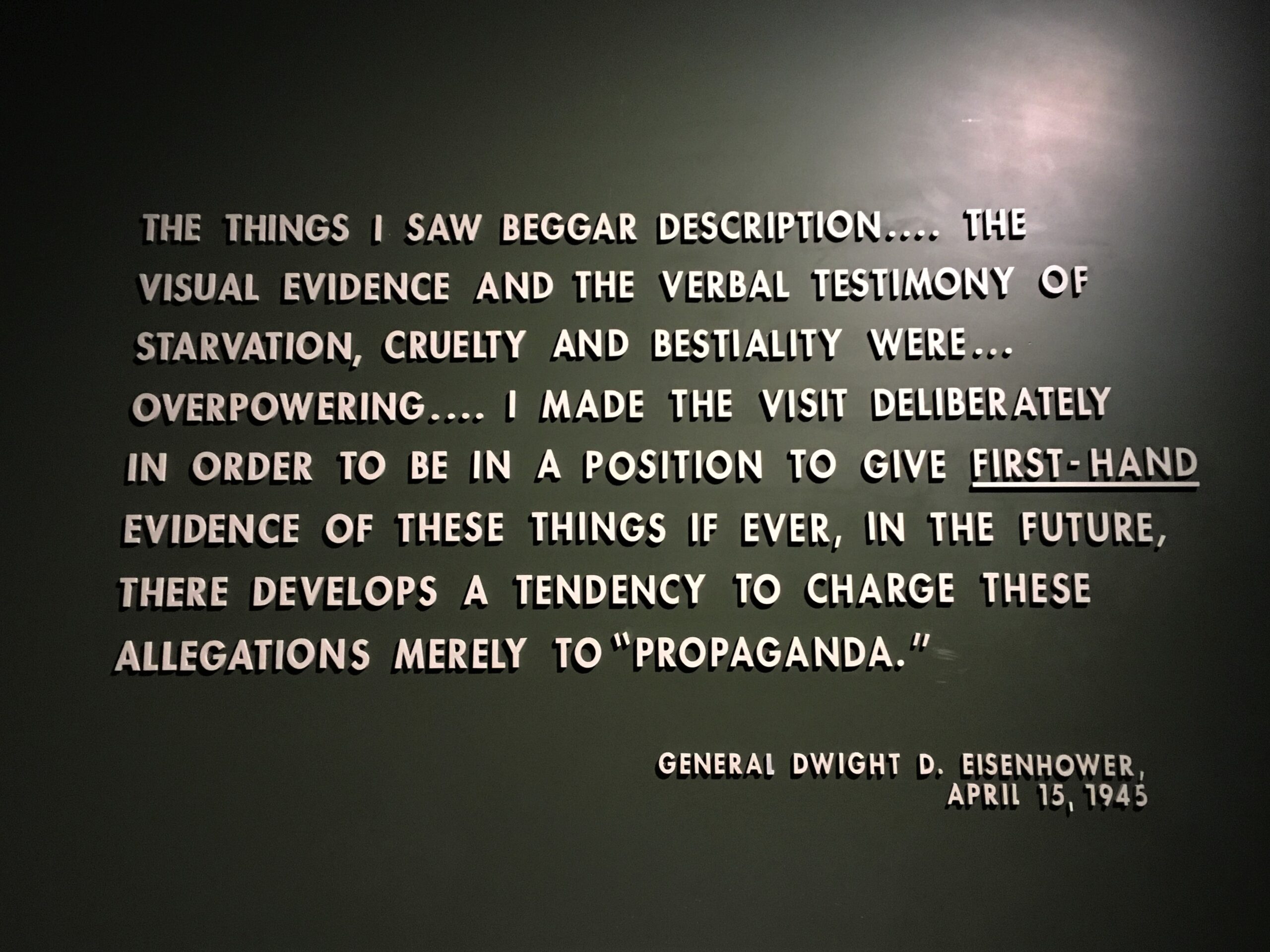
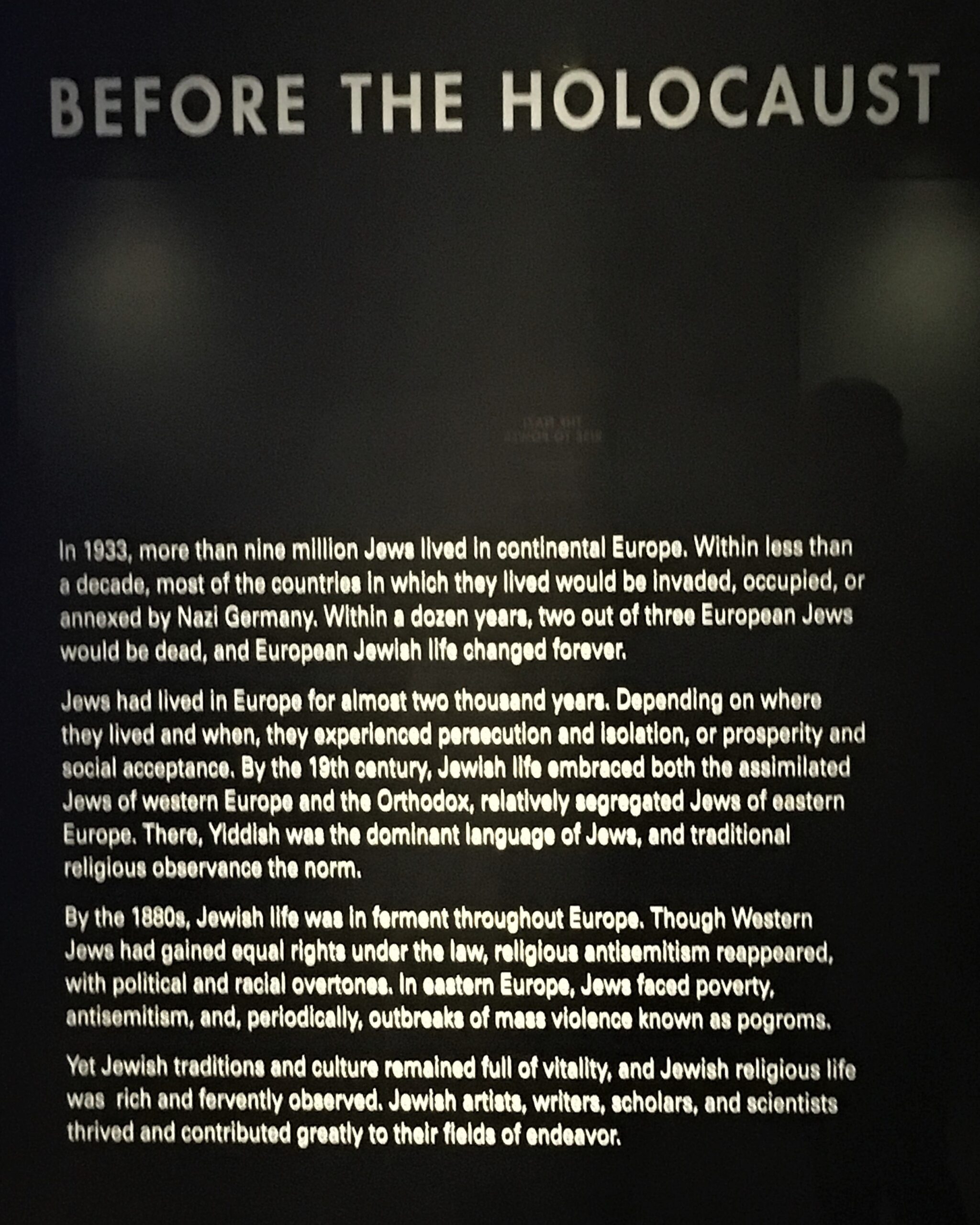
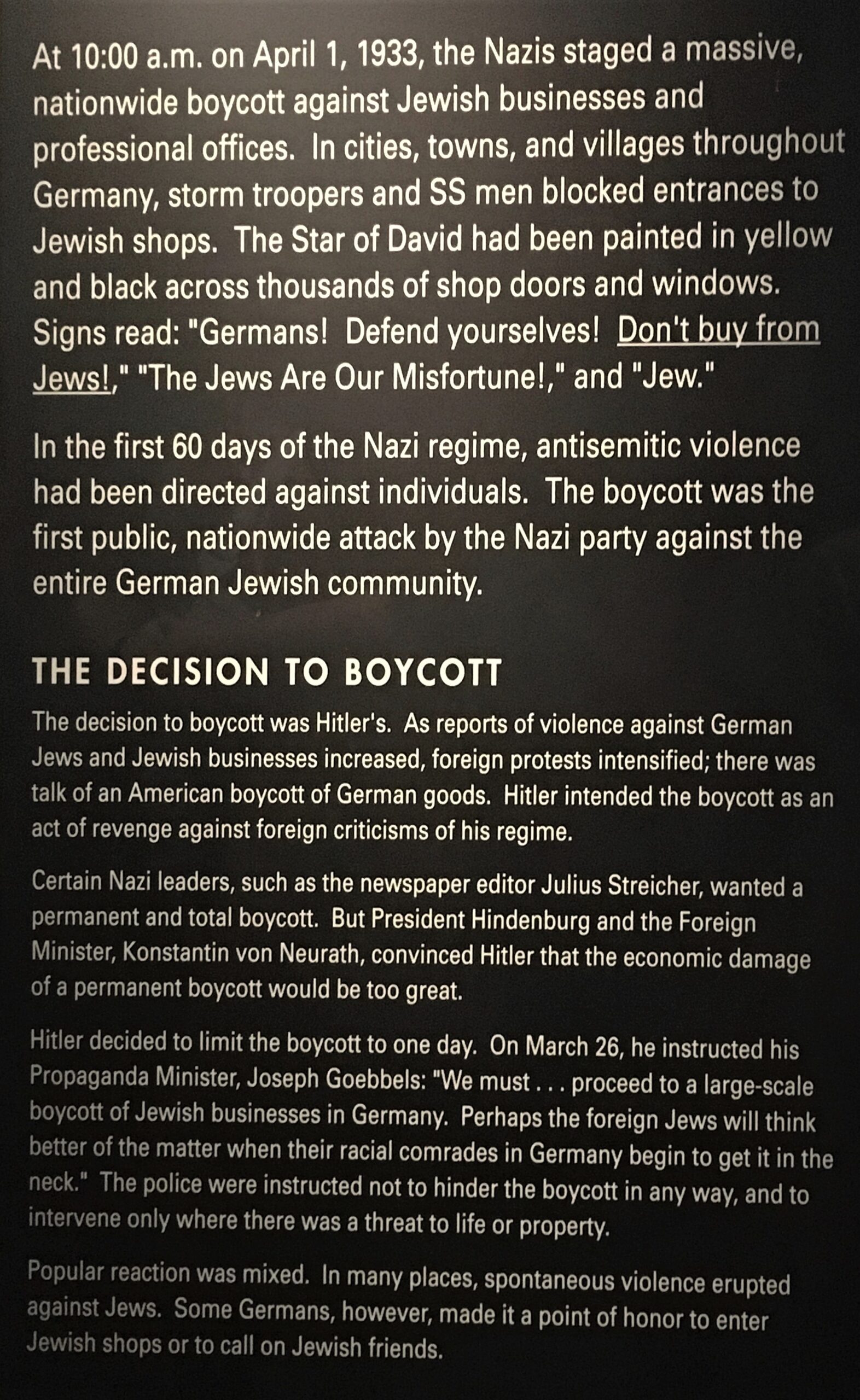
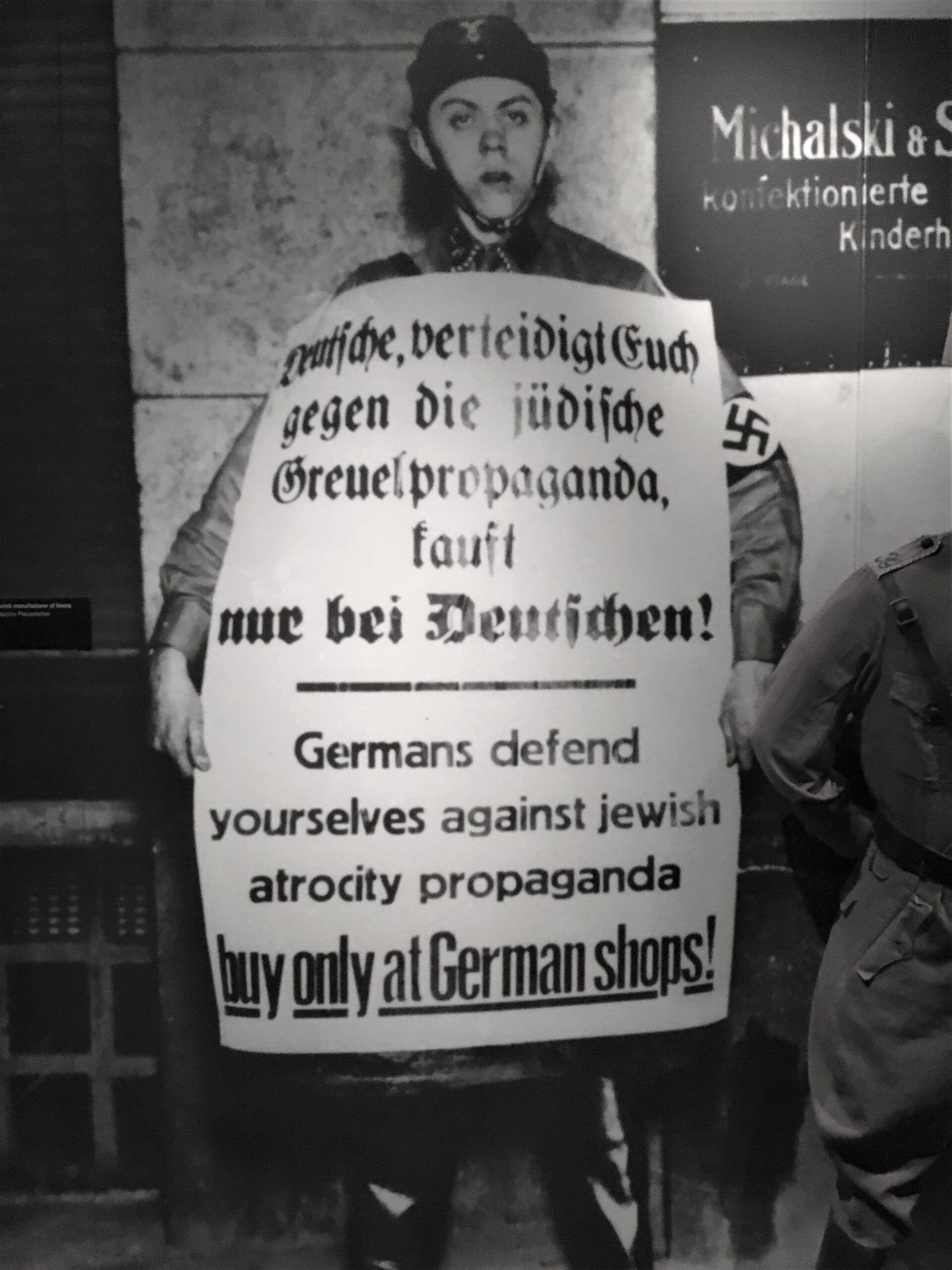
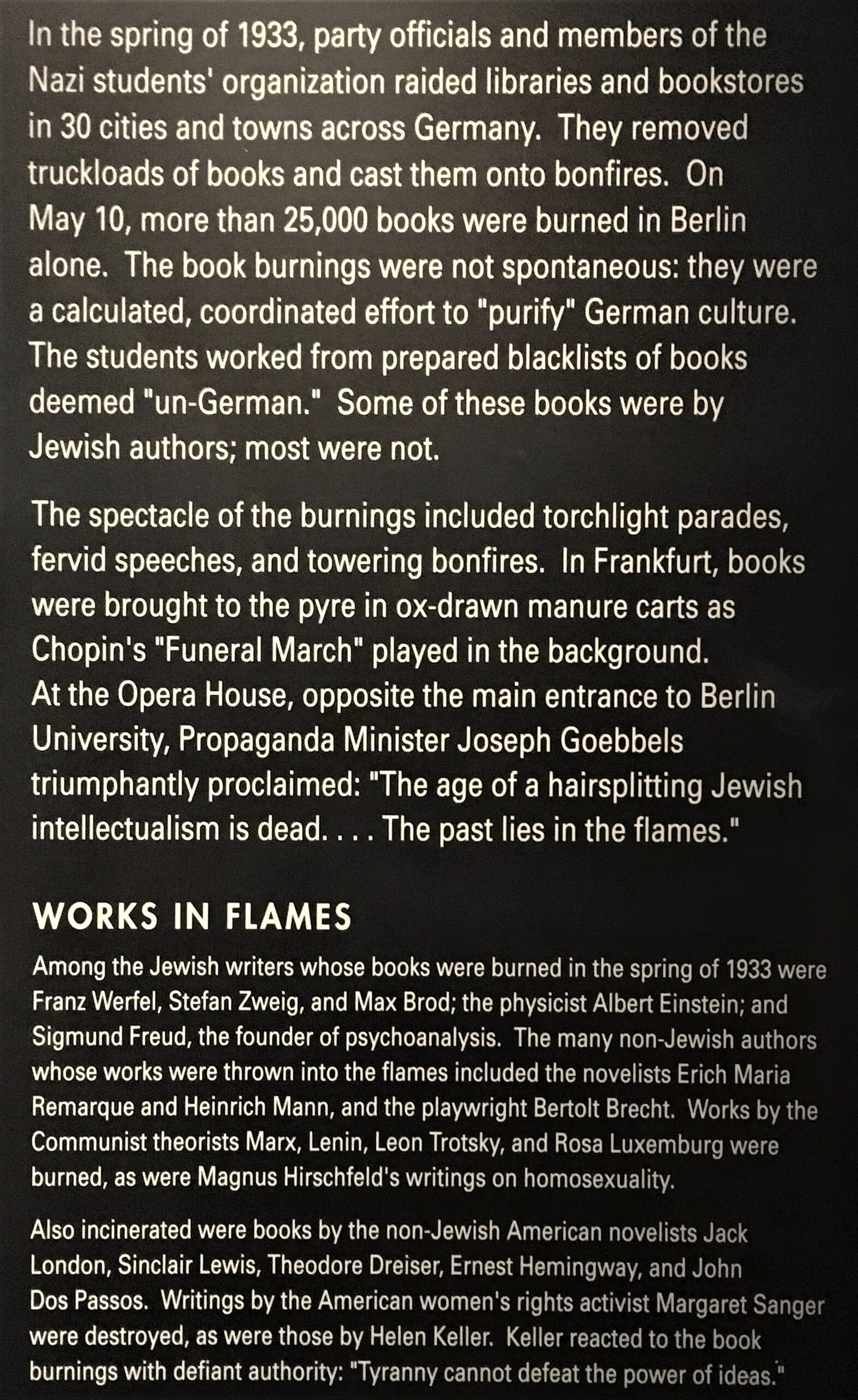

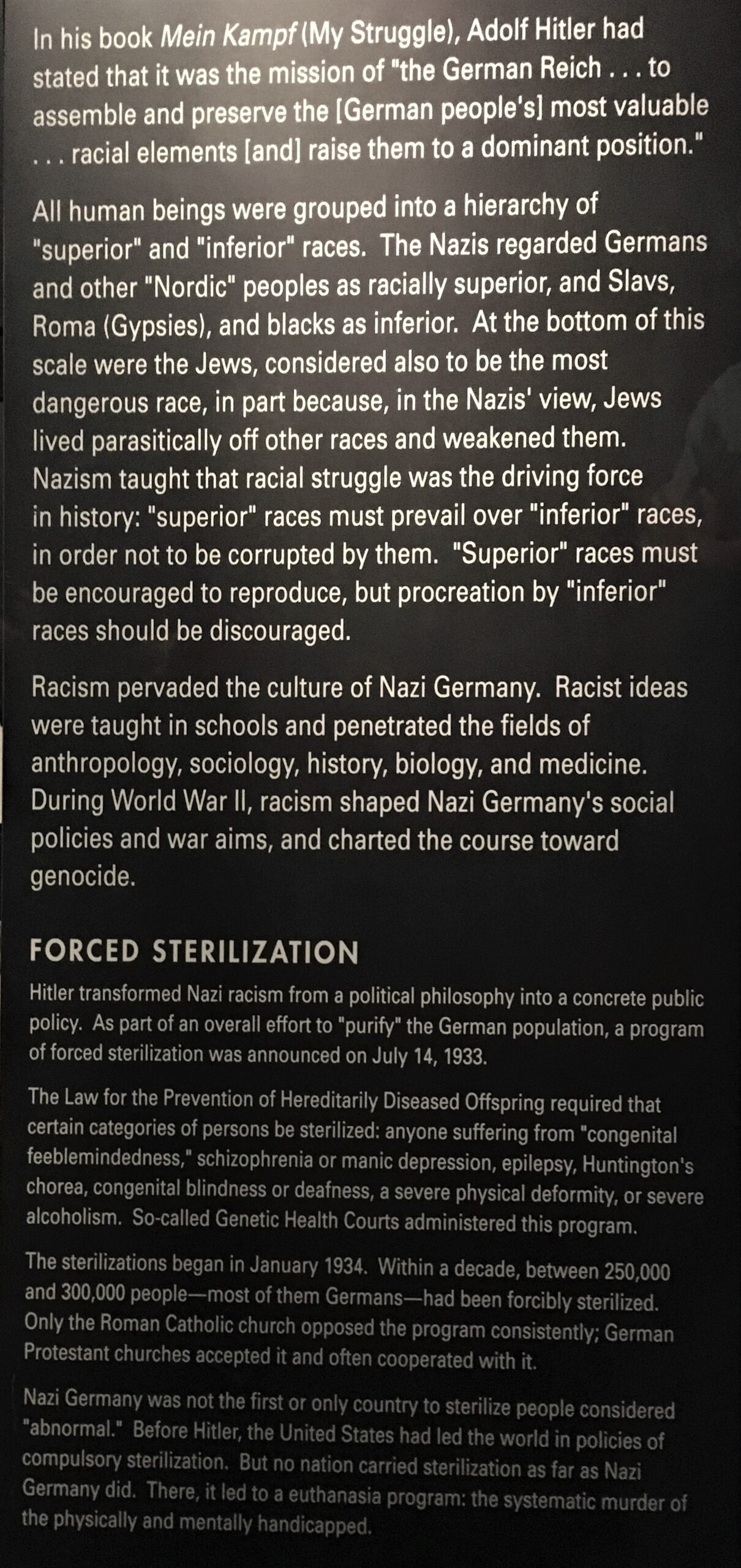
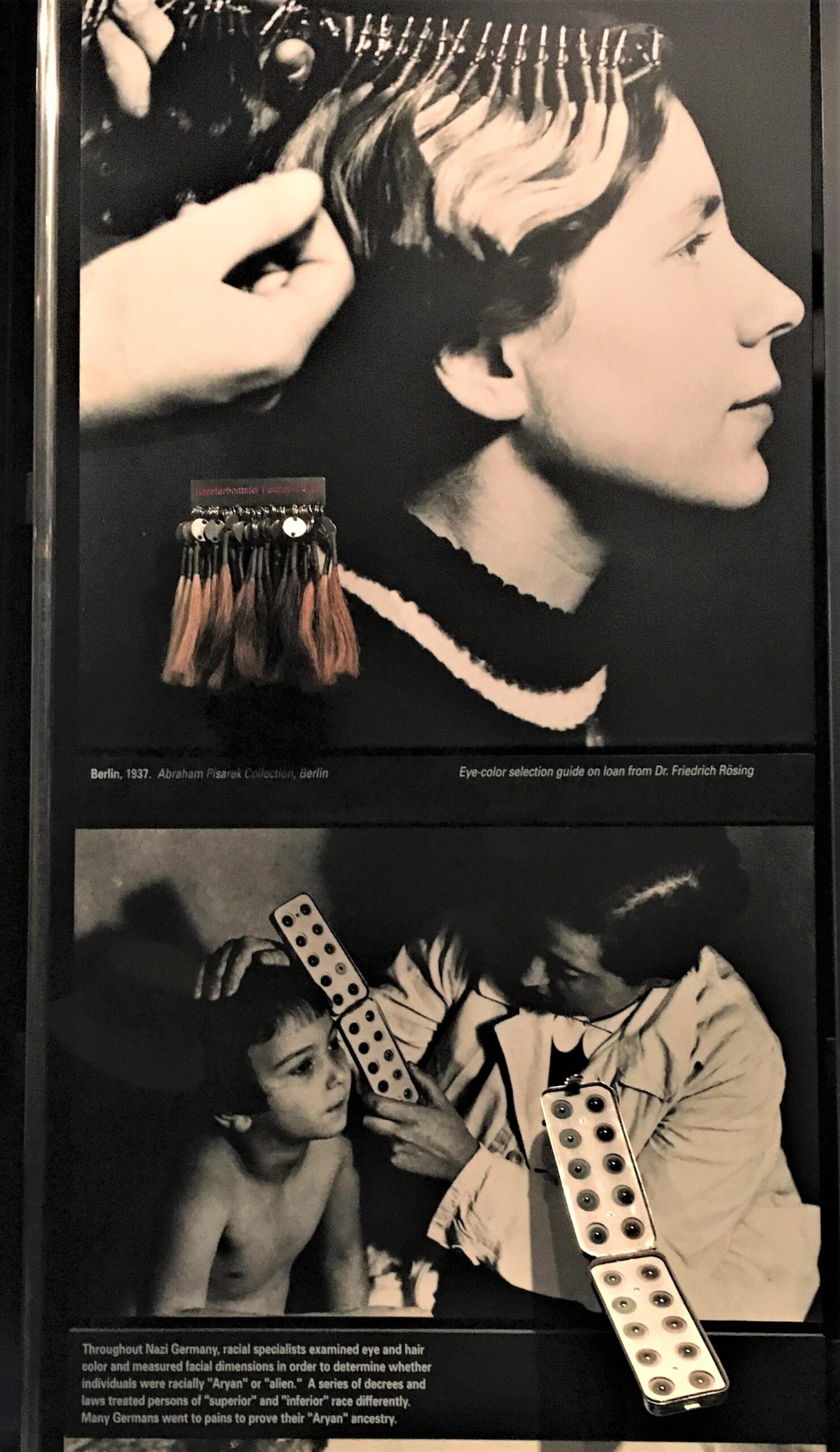
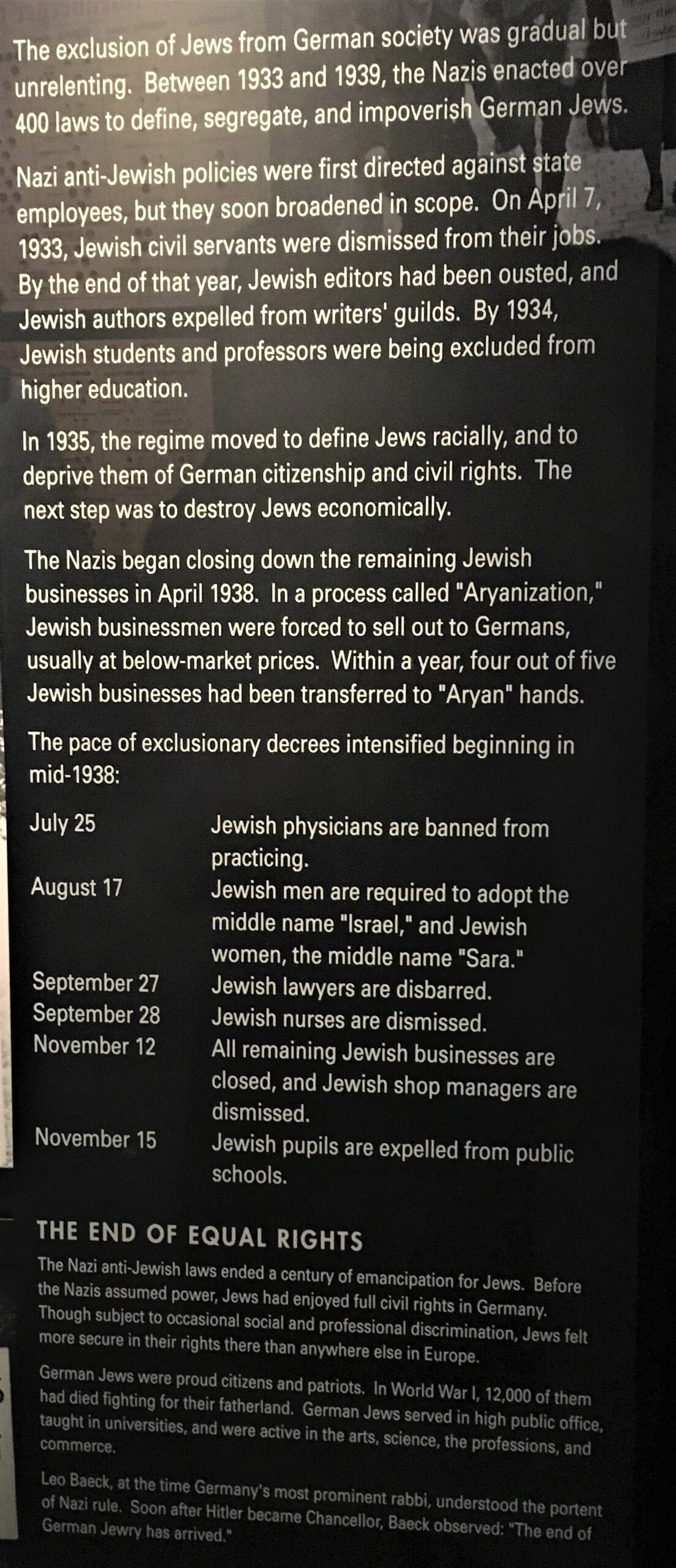
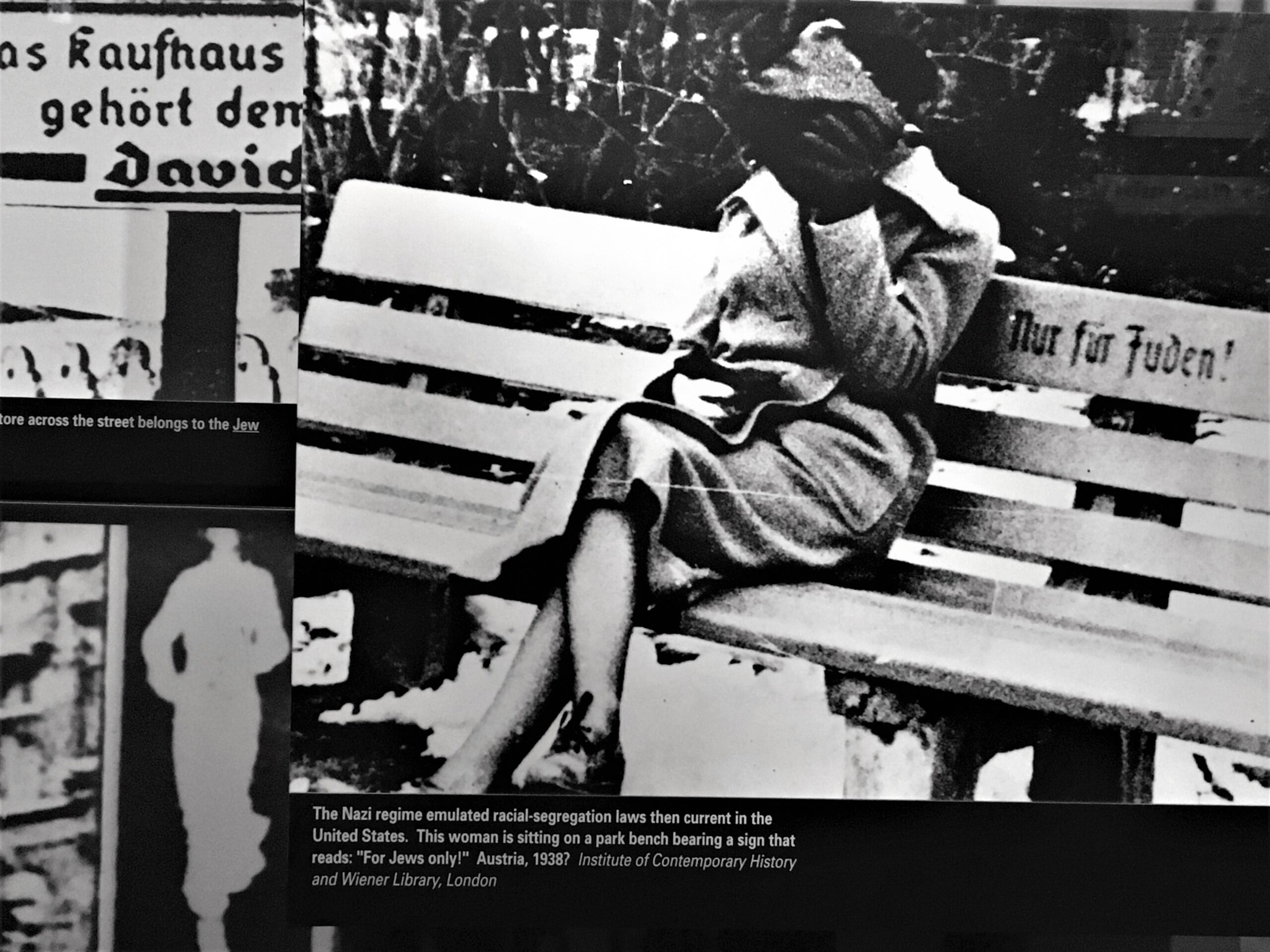
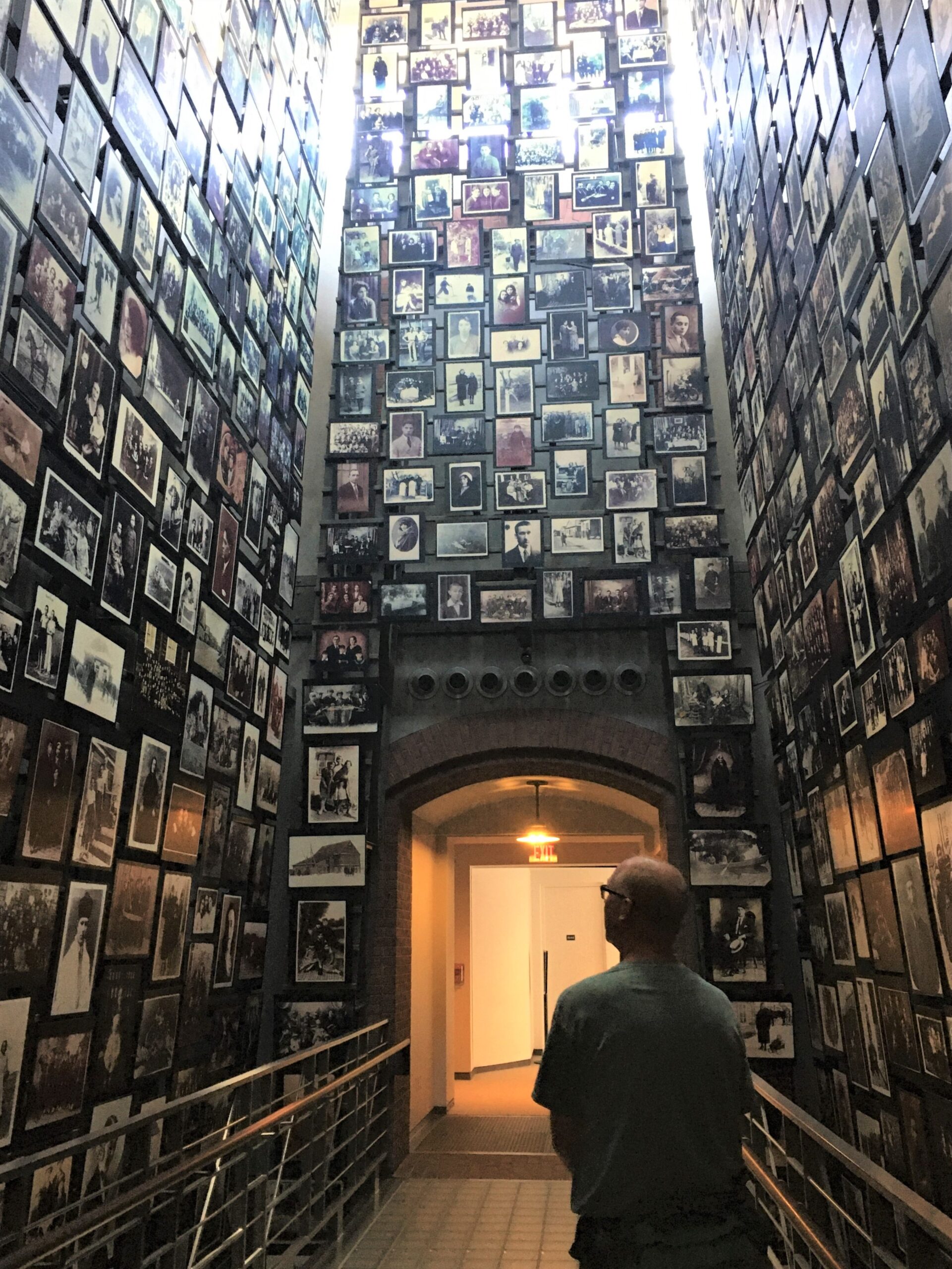

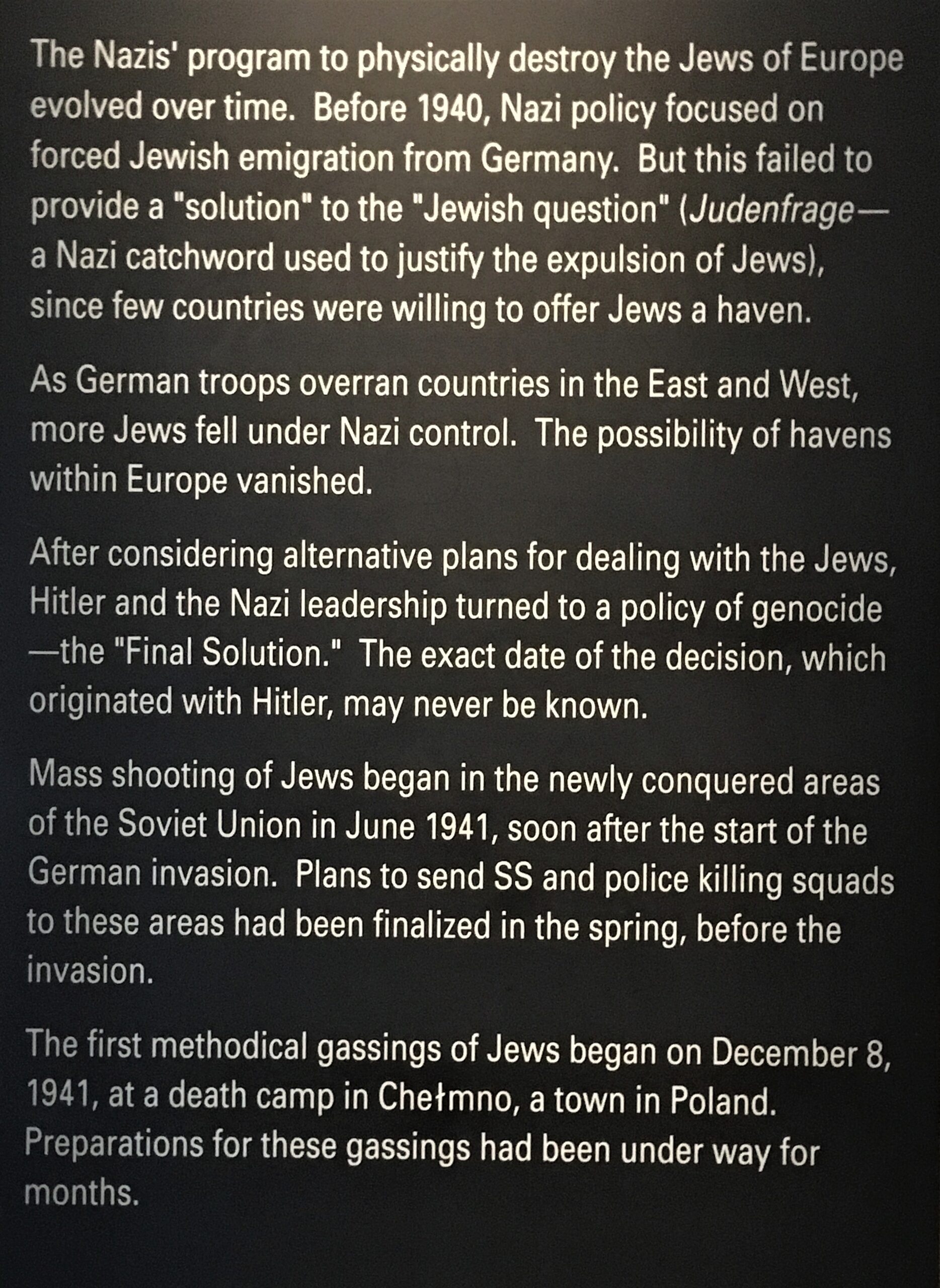
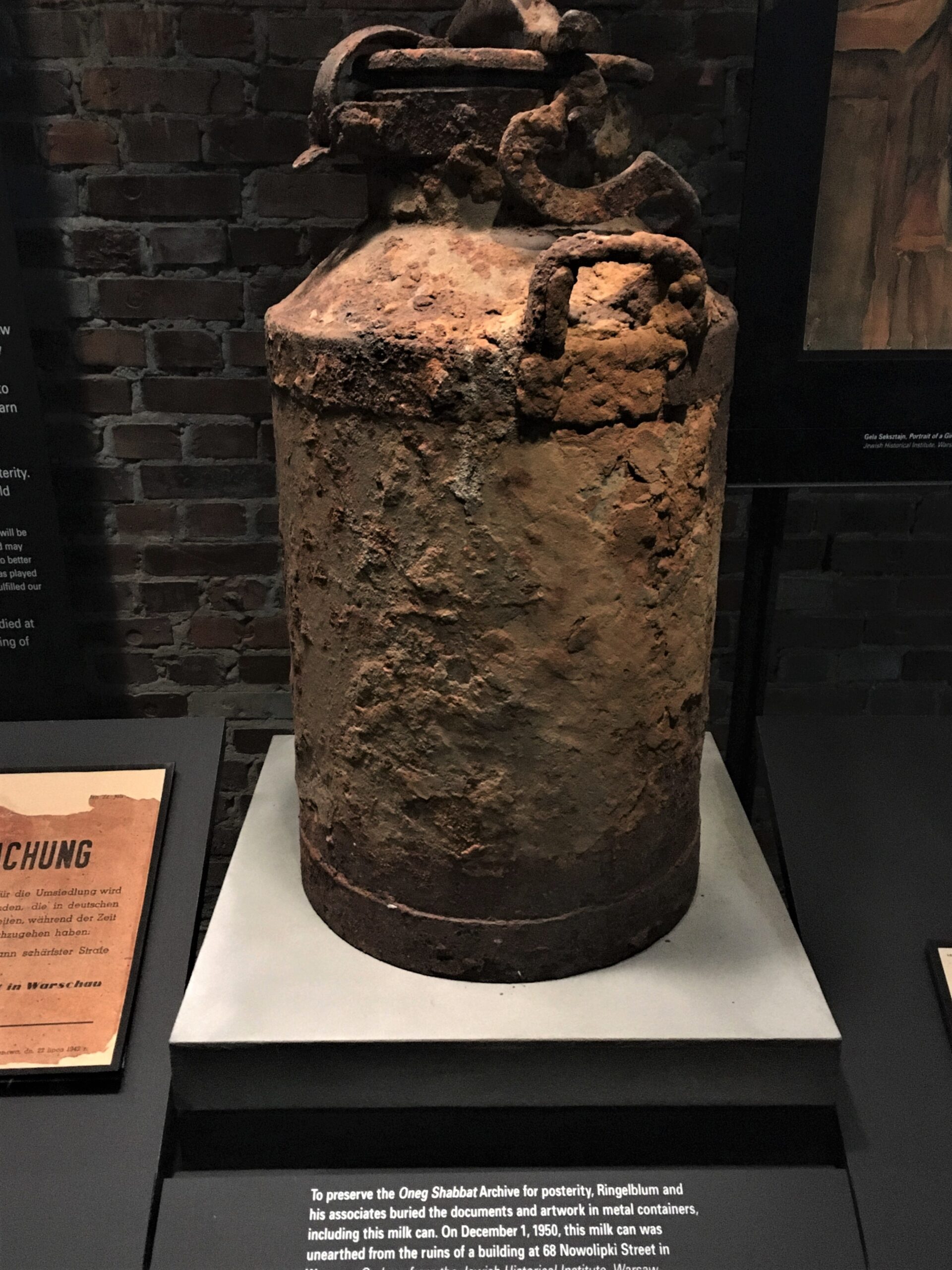
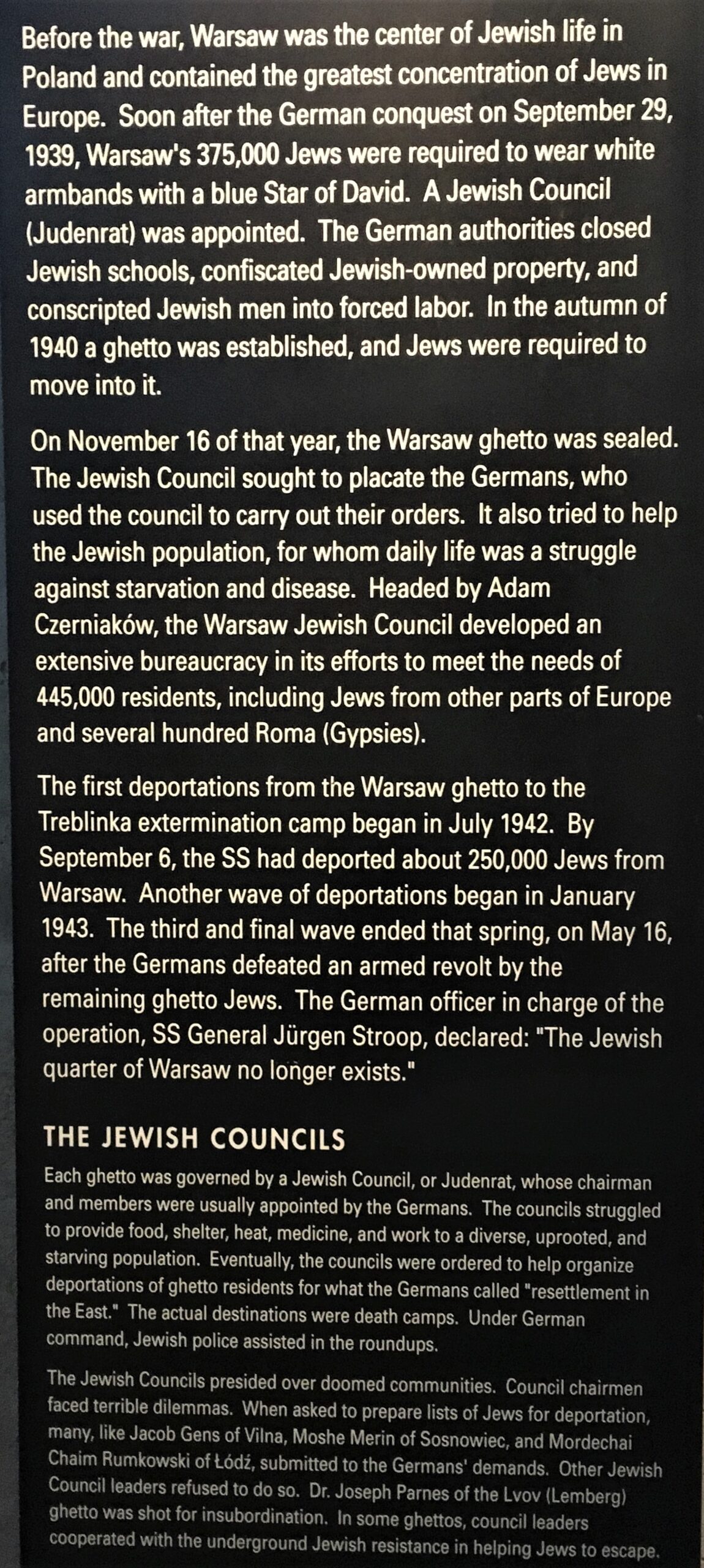
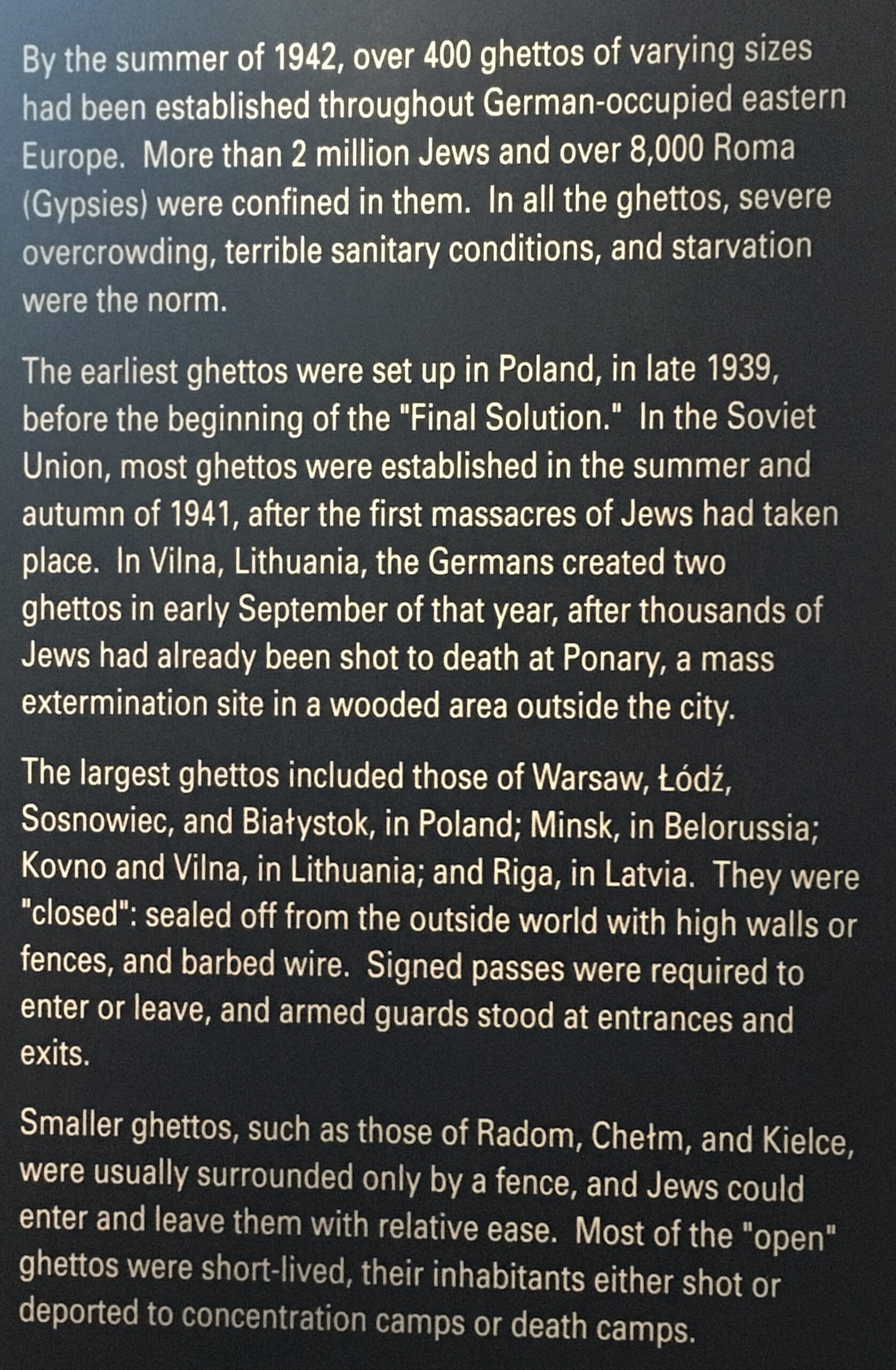
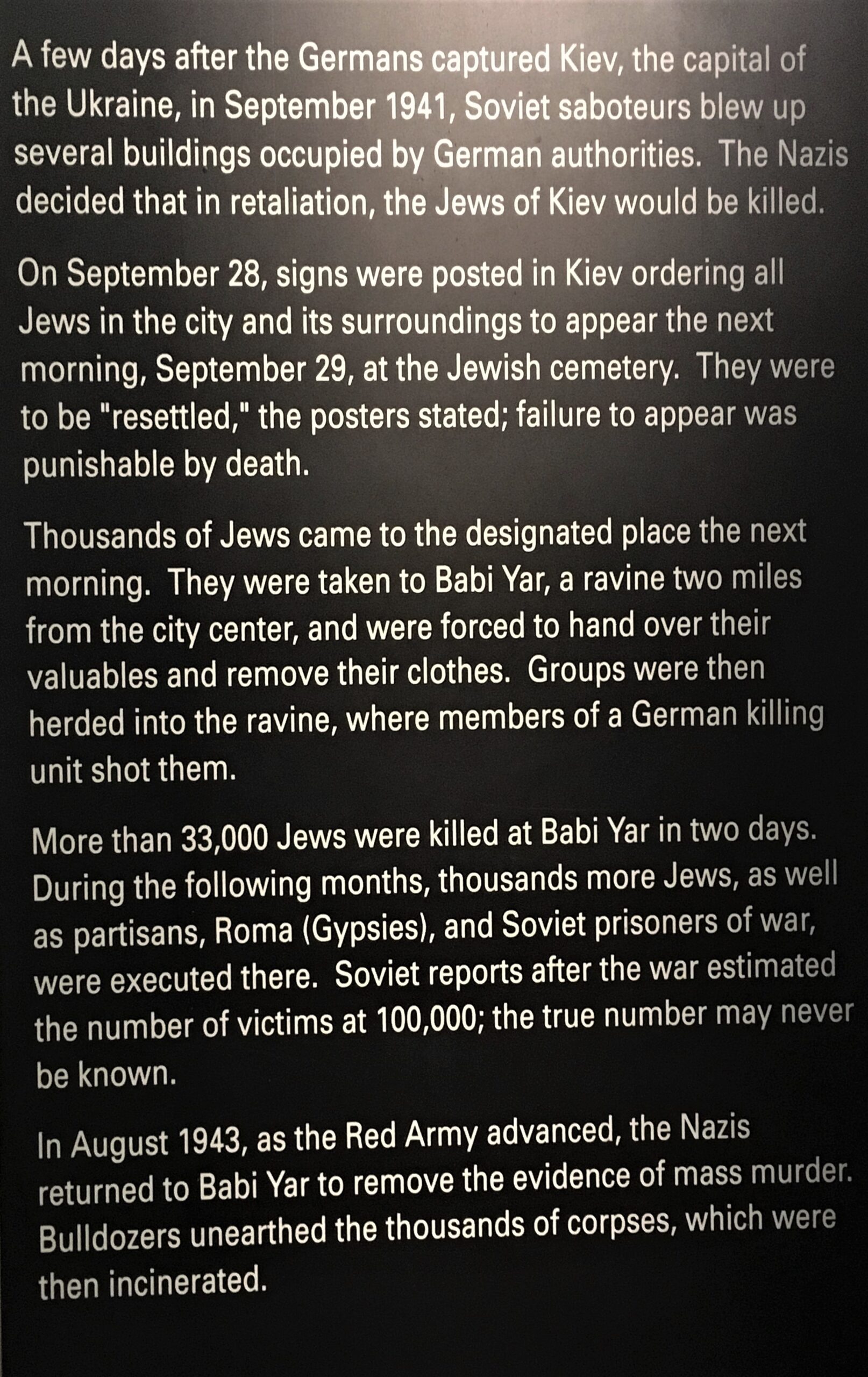
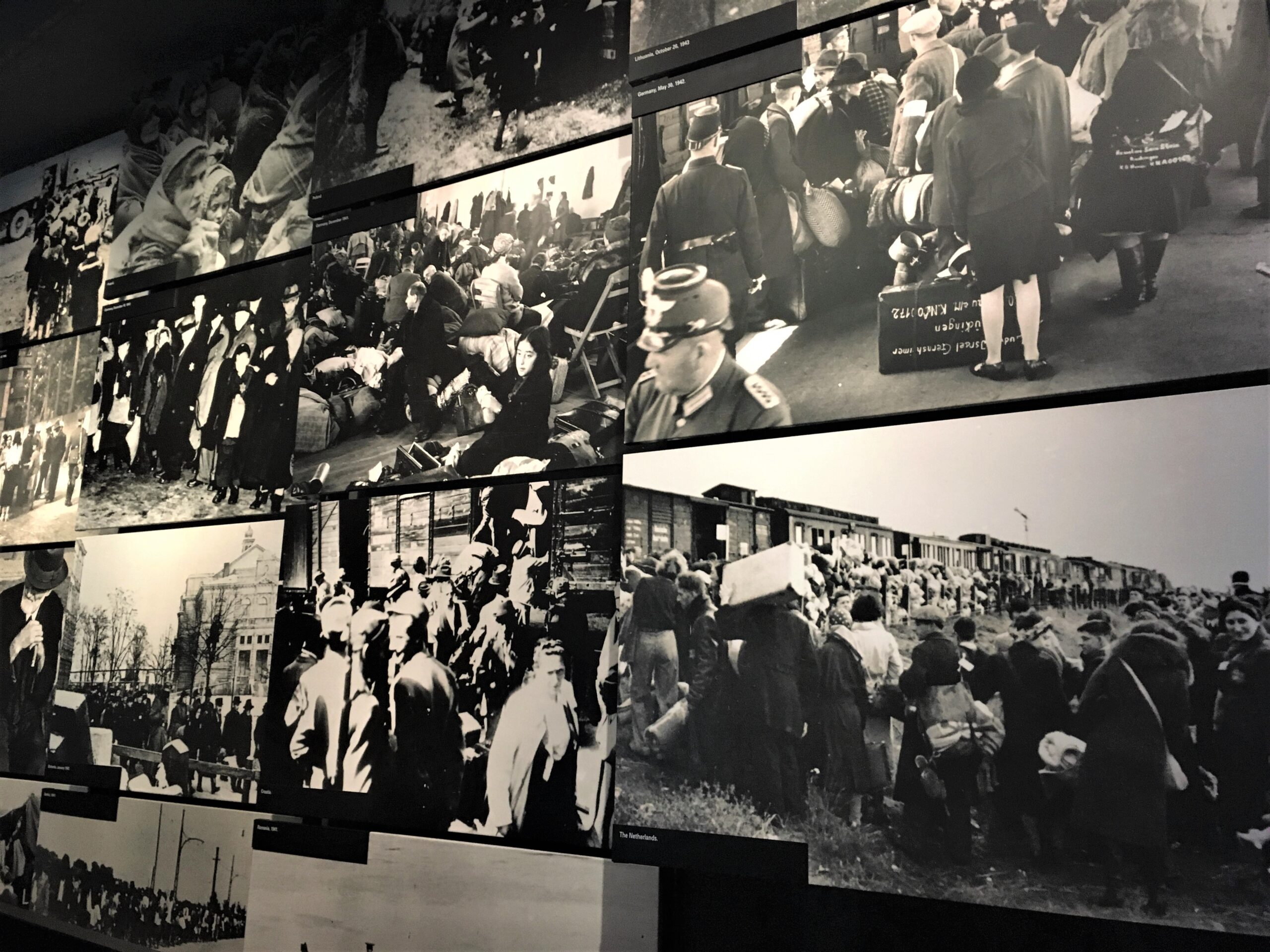
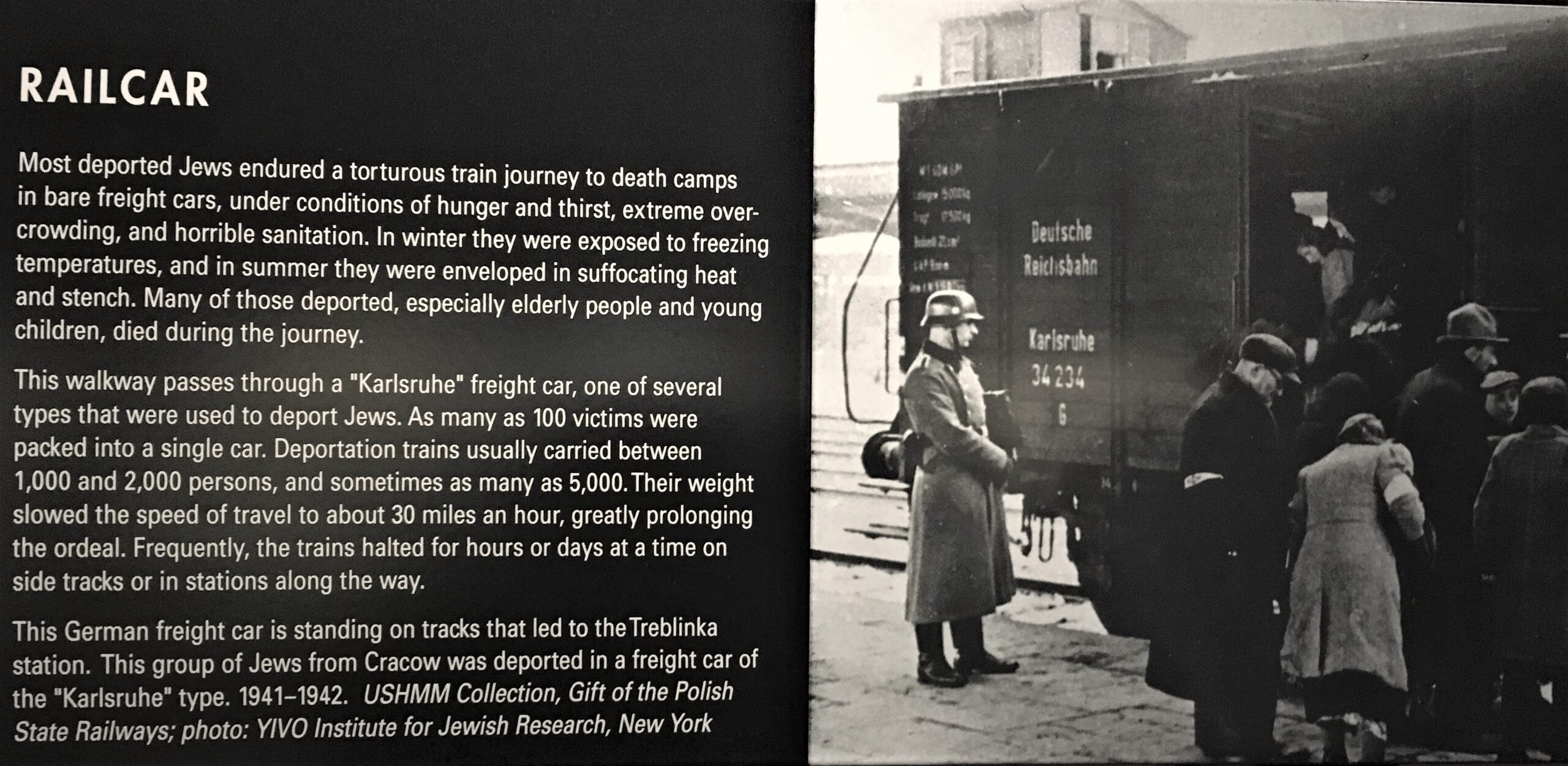
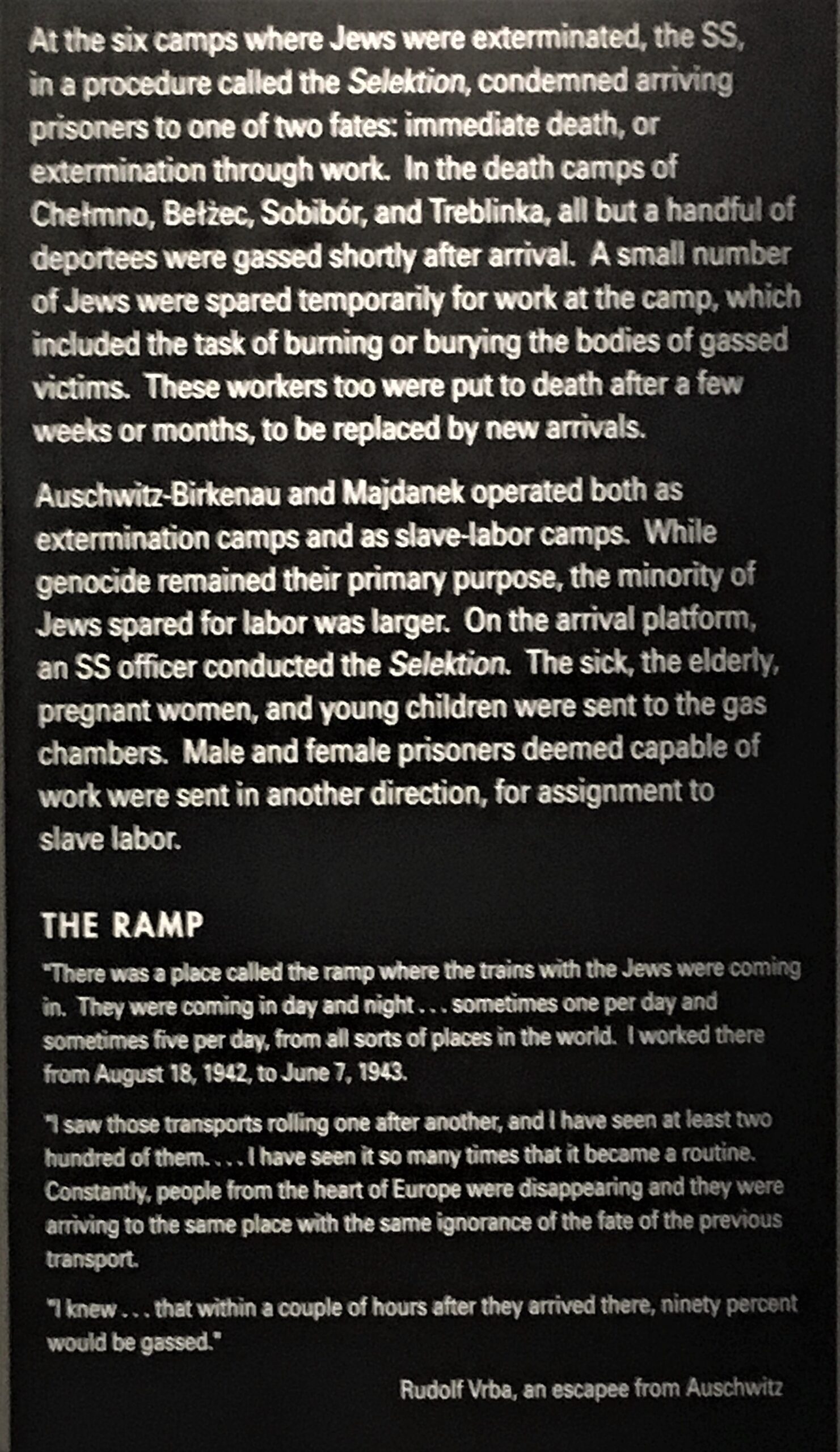
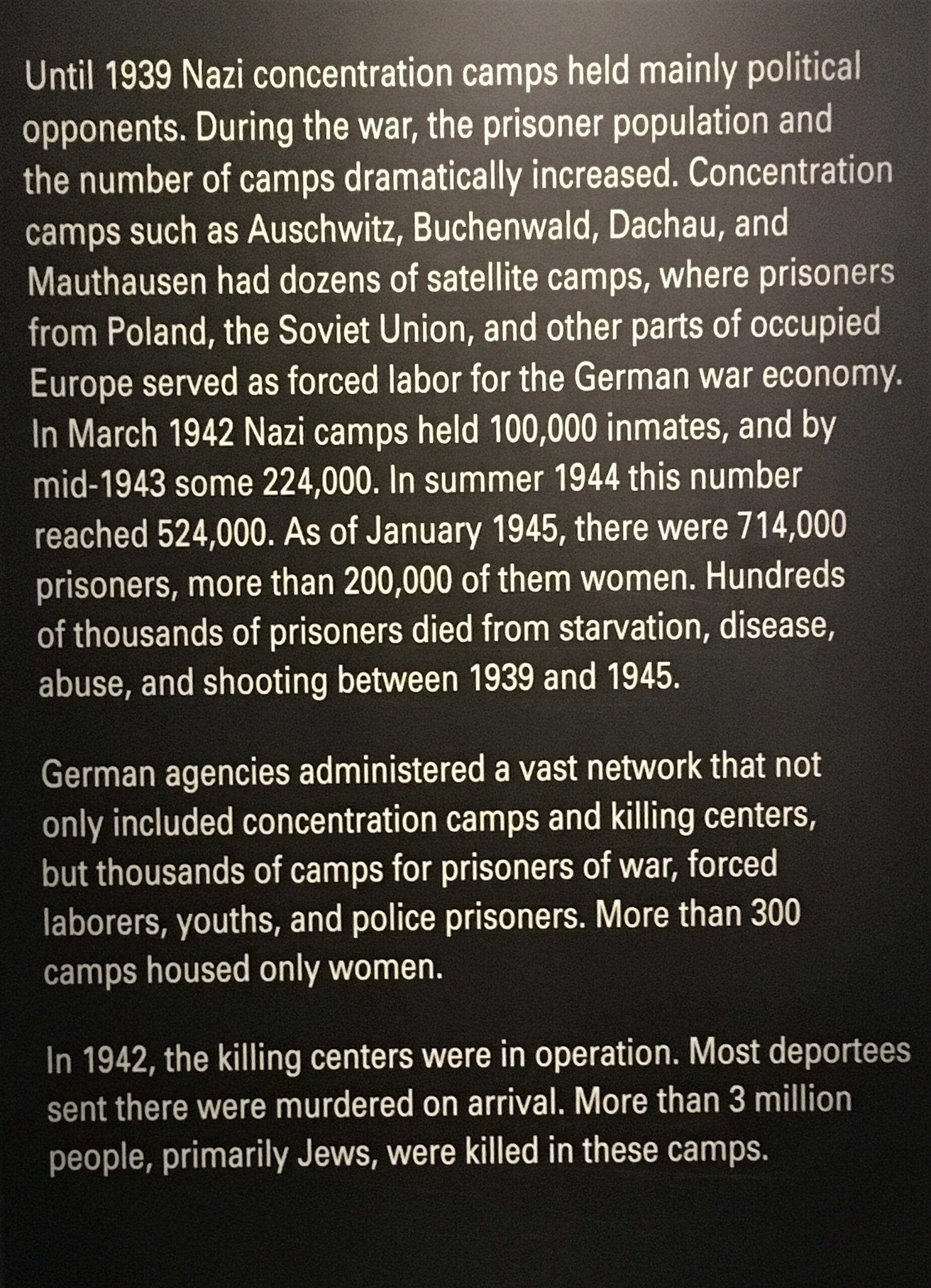
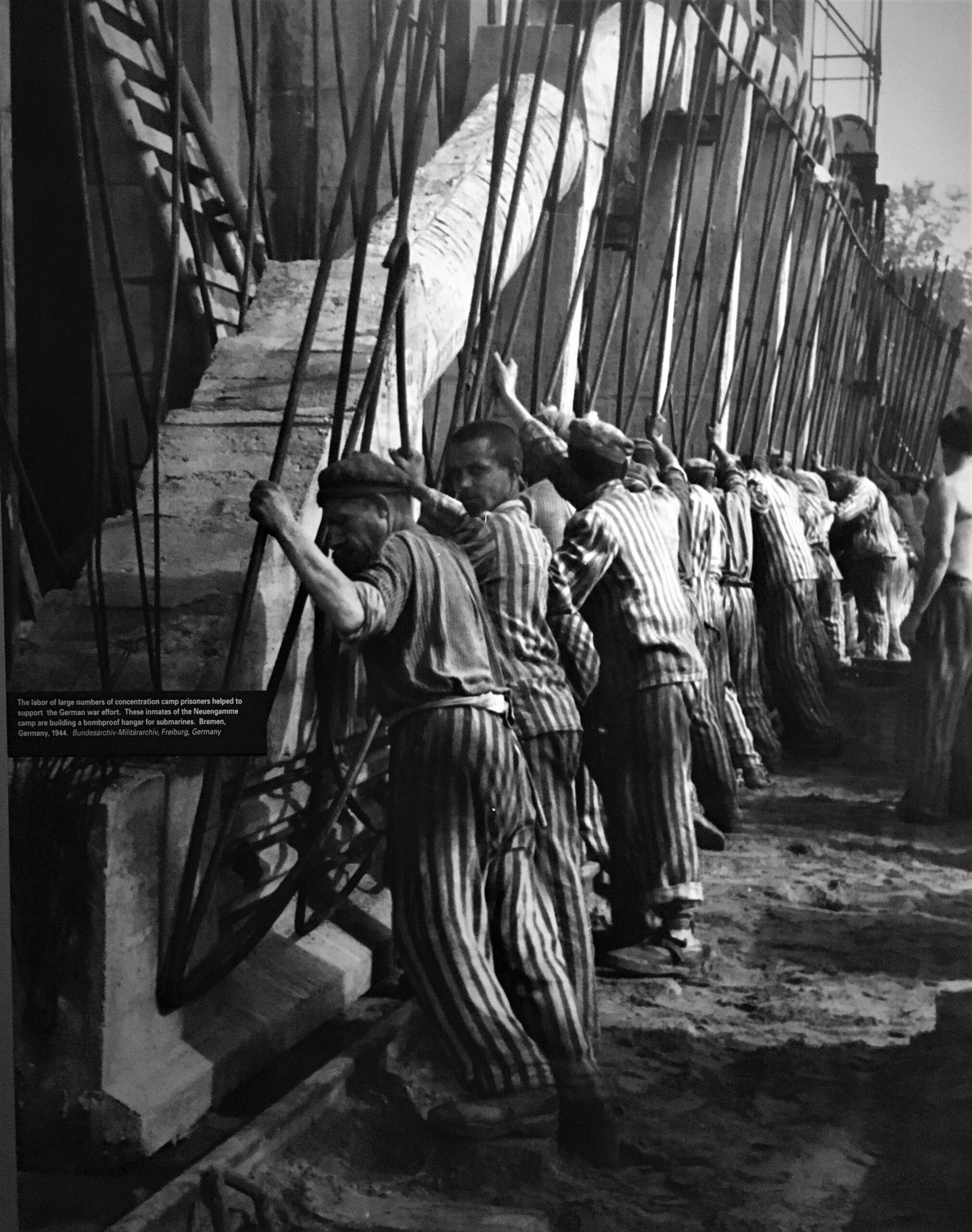

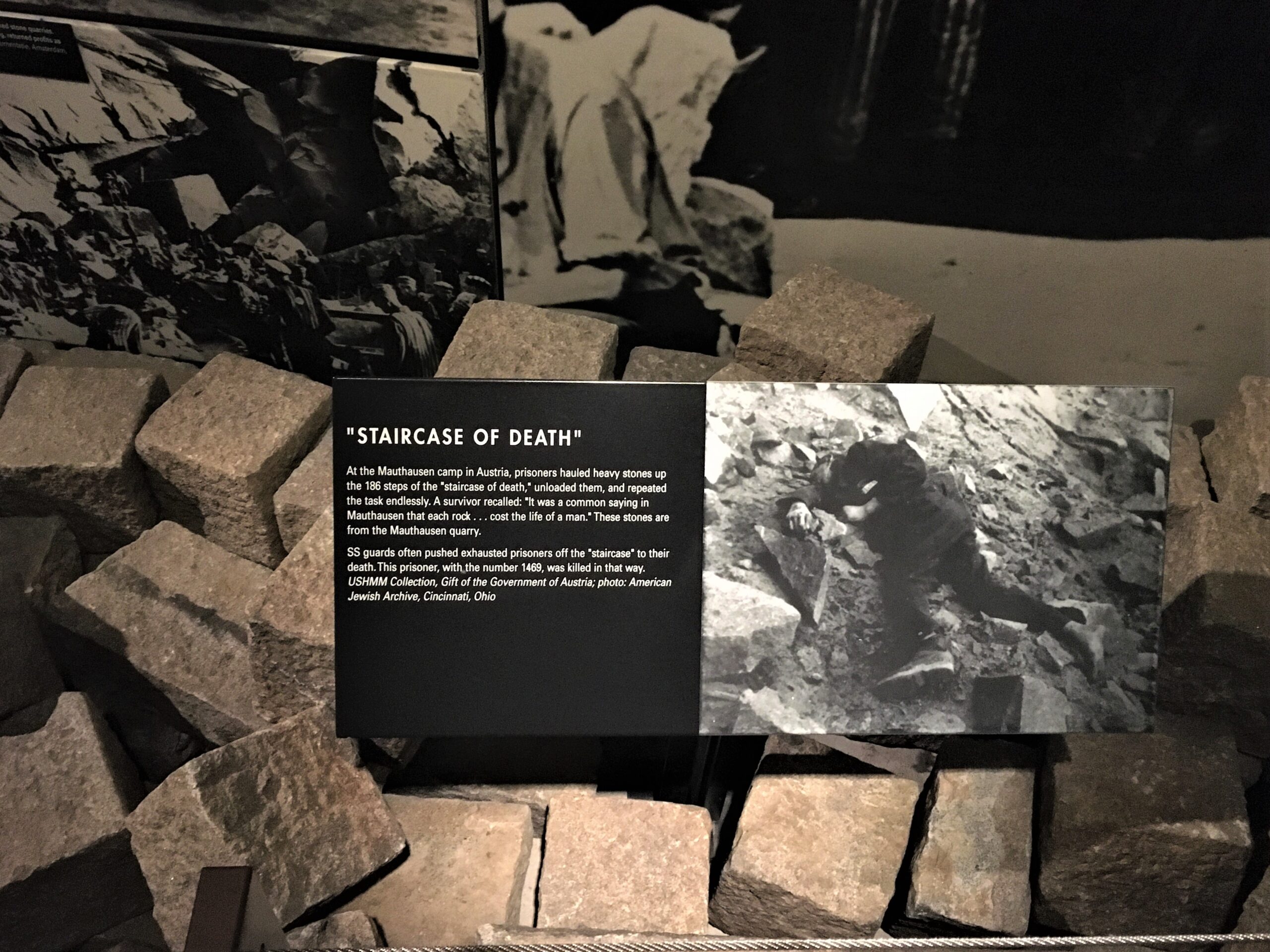
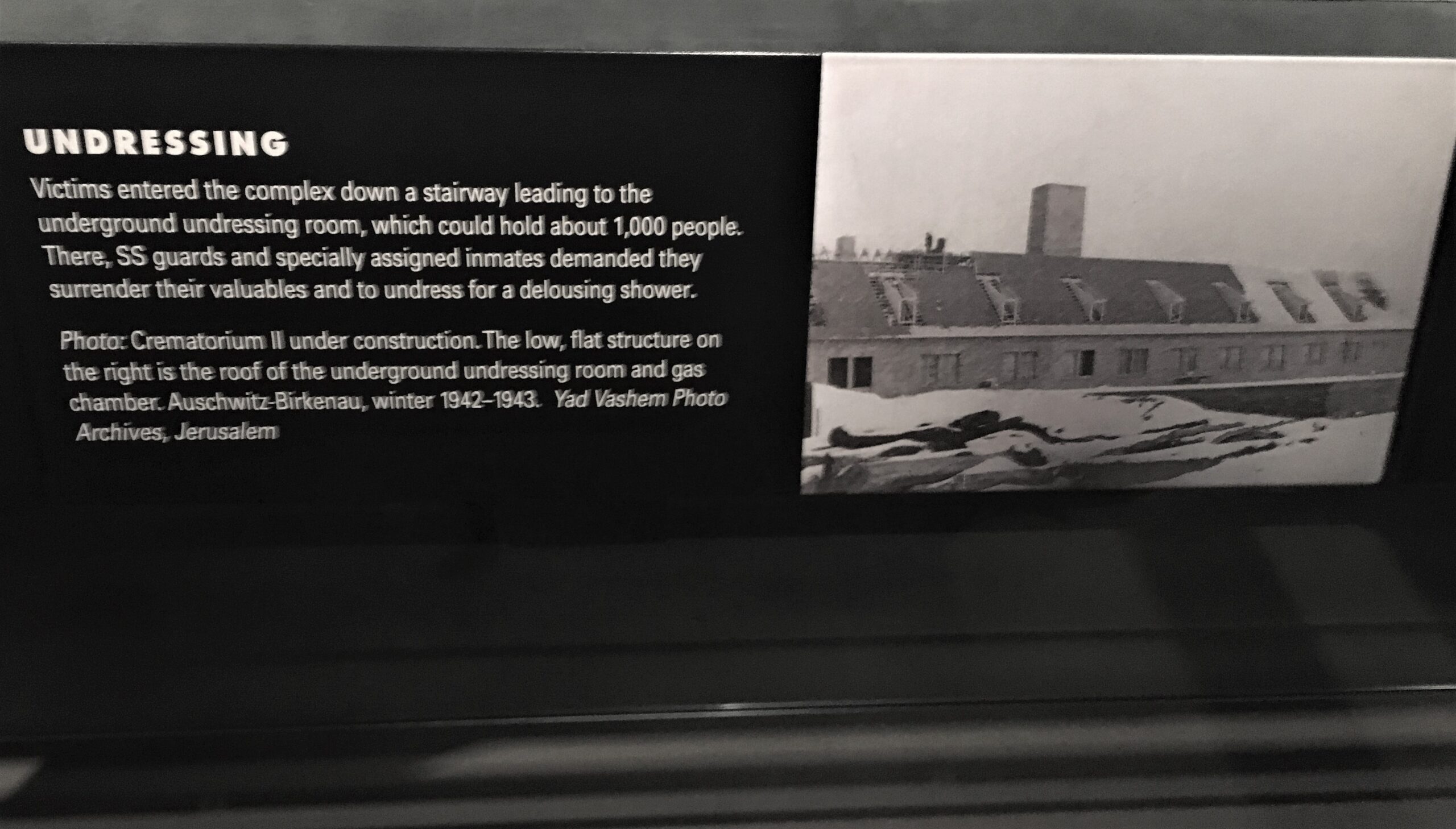
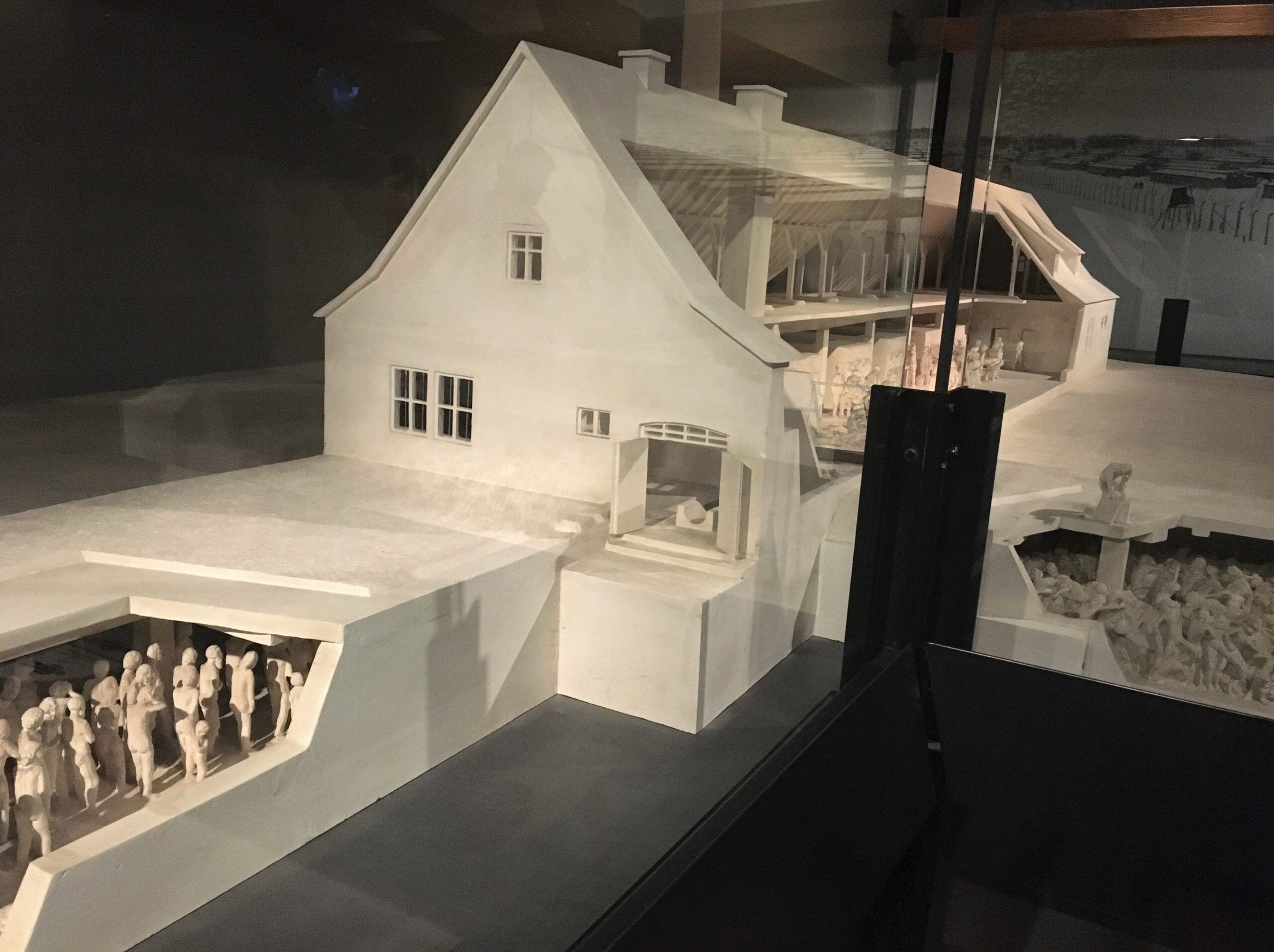
Even looking at this was difficult.
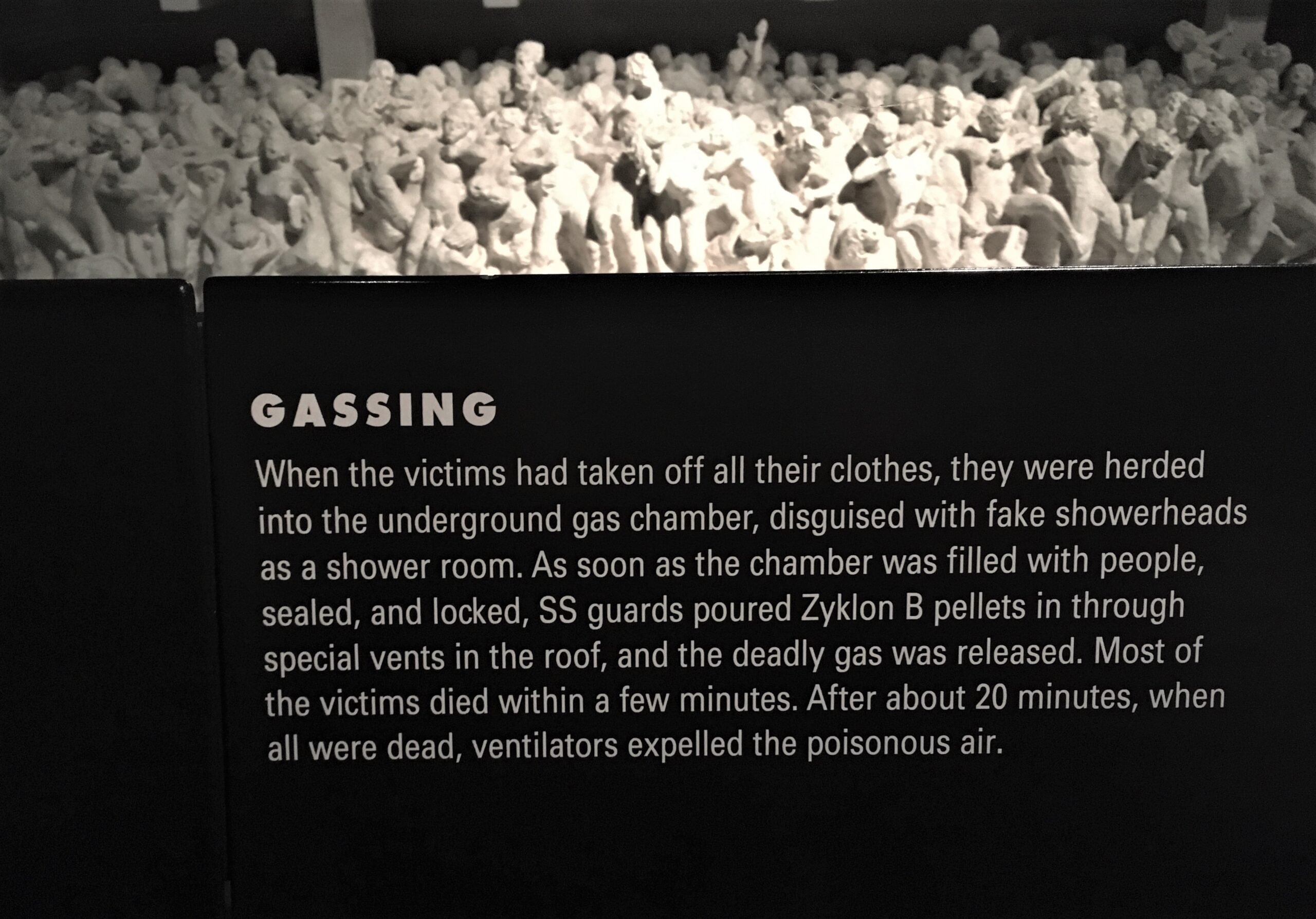
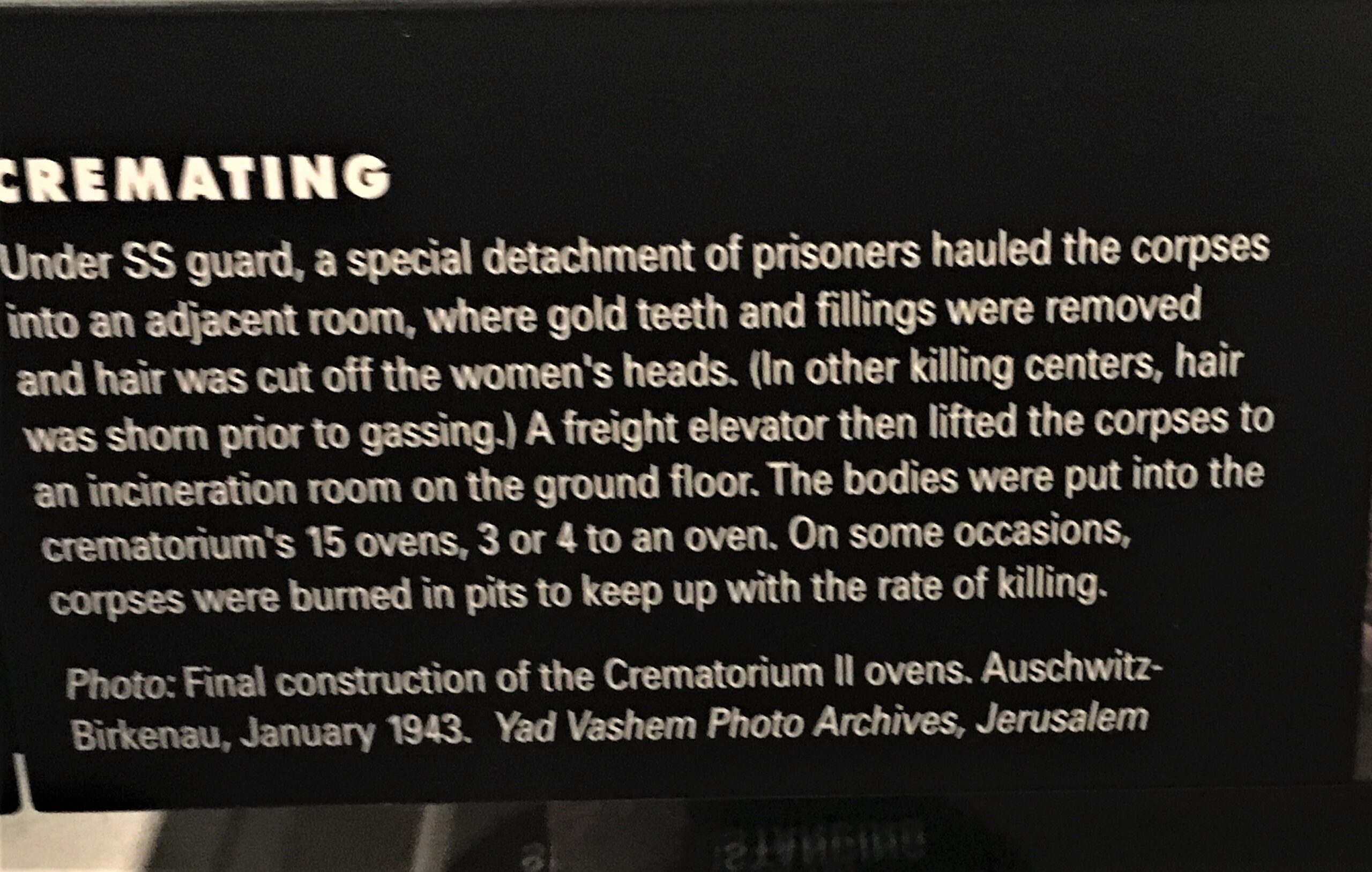
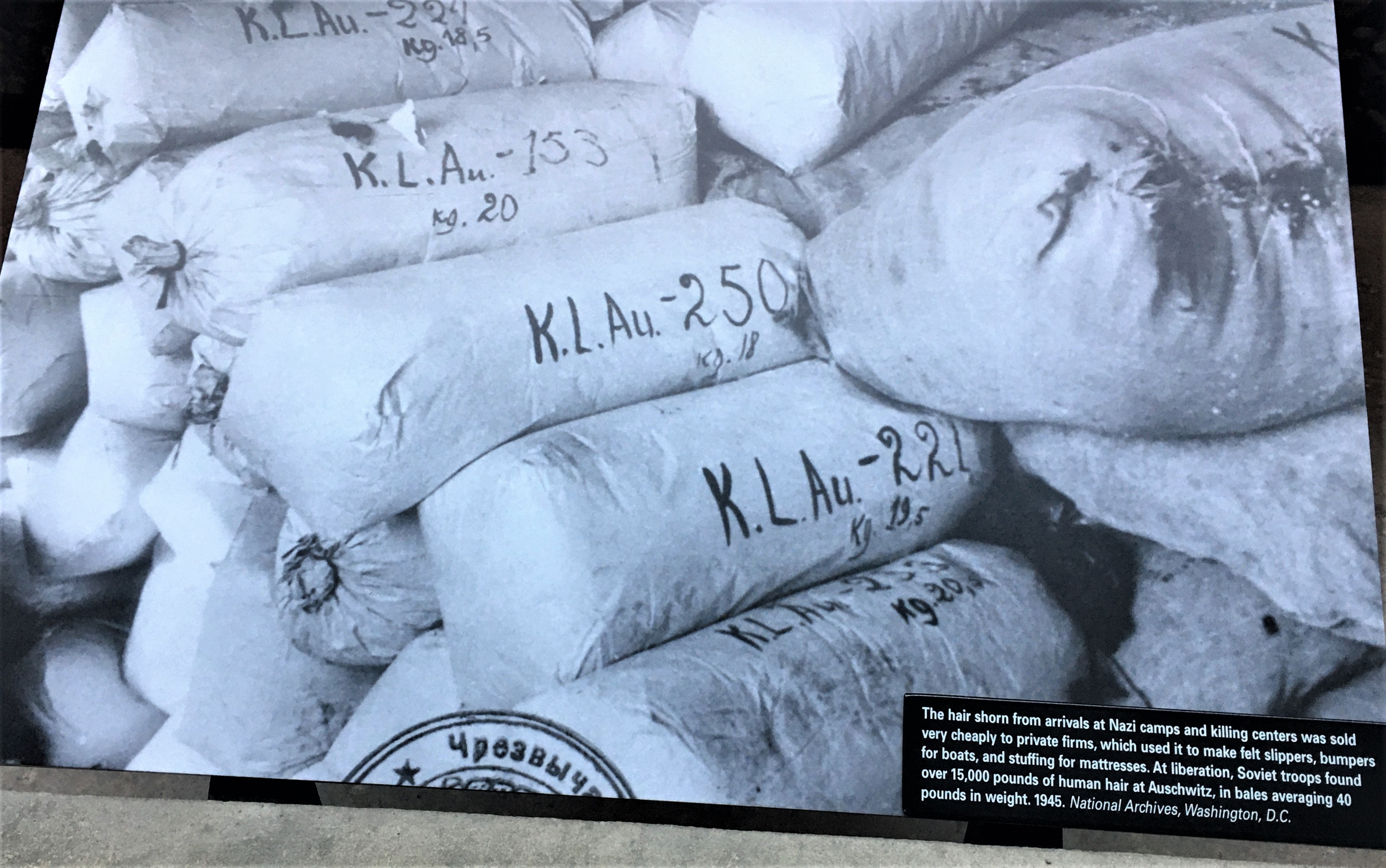

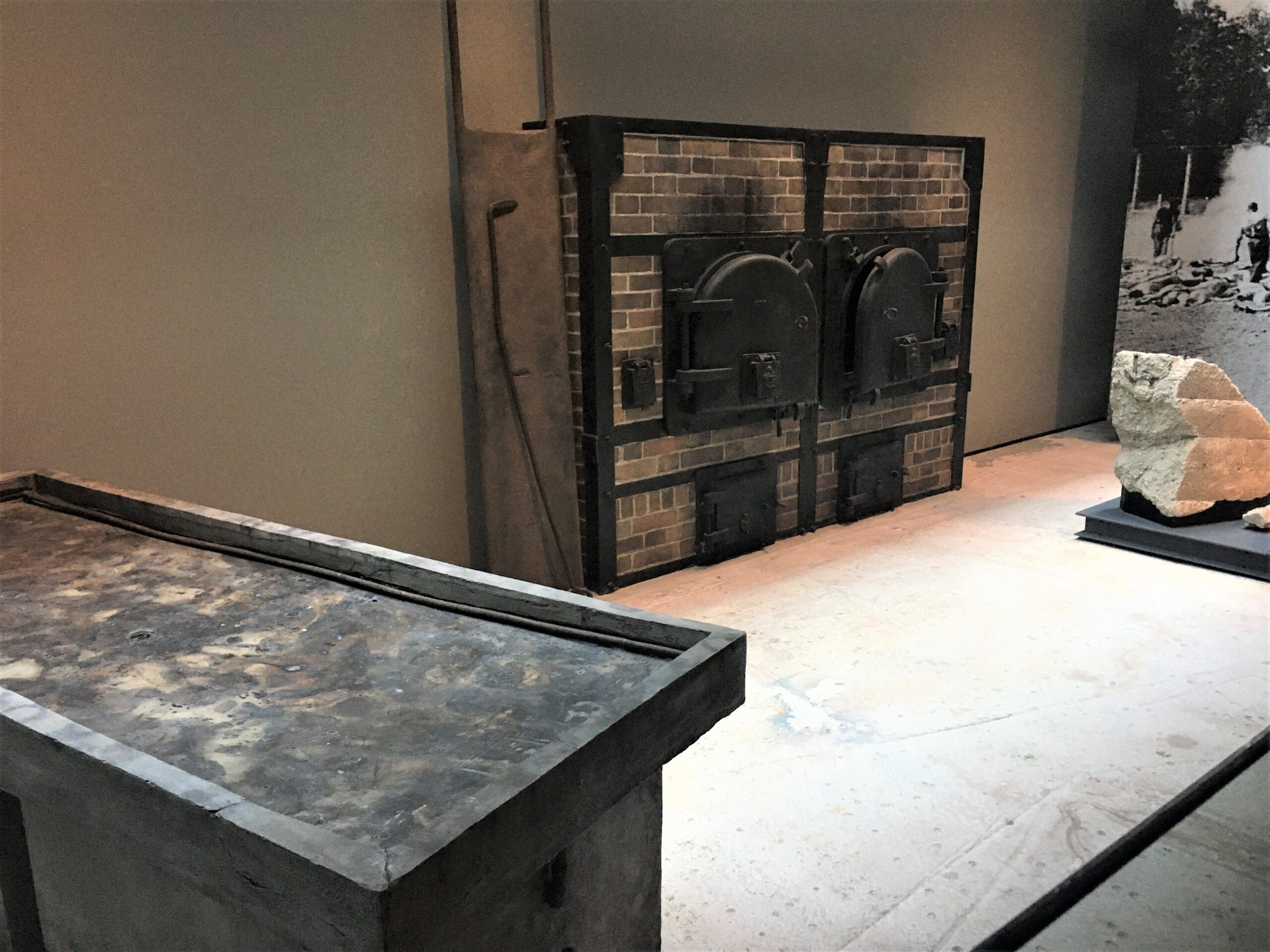

This room was shocking.
It even smelled like 4,000 old shoes.
They’re on loan from the Madjanek Killing Center Holocaust Museum in Poland.
About 80,000 people were killed there, including 60,000 Jews.
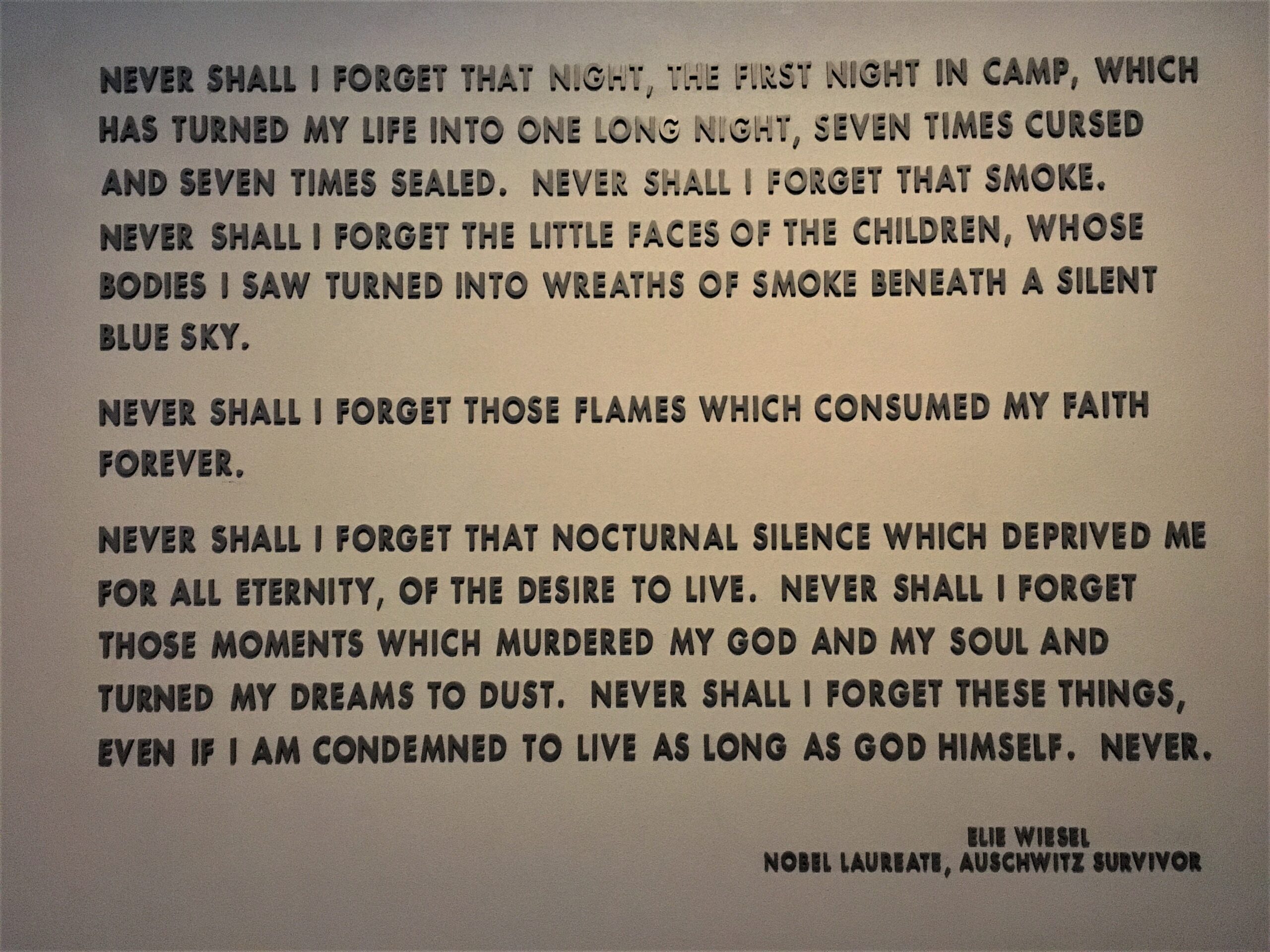
Later on, I learned that this was the man charged with putting together the museum by President Carter.
It took 20 years and was dedicated under President Clinton.
He was a Jewish author, philosopher and humanist who made it his life’s work to bear witness to the genocide committed by the Nazis during World War II, and was the world’s leading spokesman on the Holocaust.
He died in 2016.
I can’t even imagine how he must have relived those memories over and over as he worked on this place.
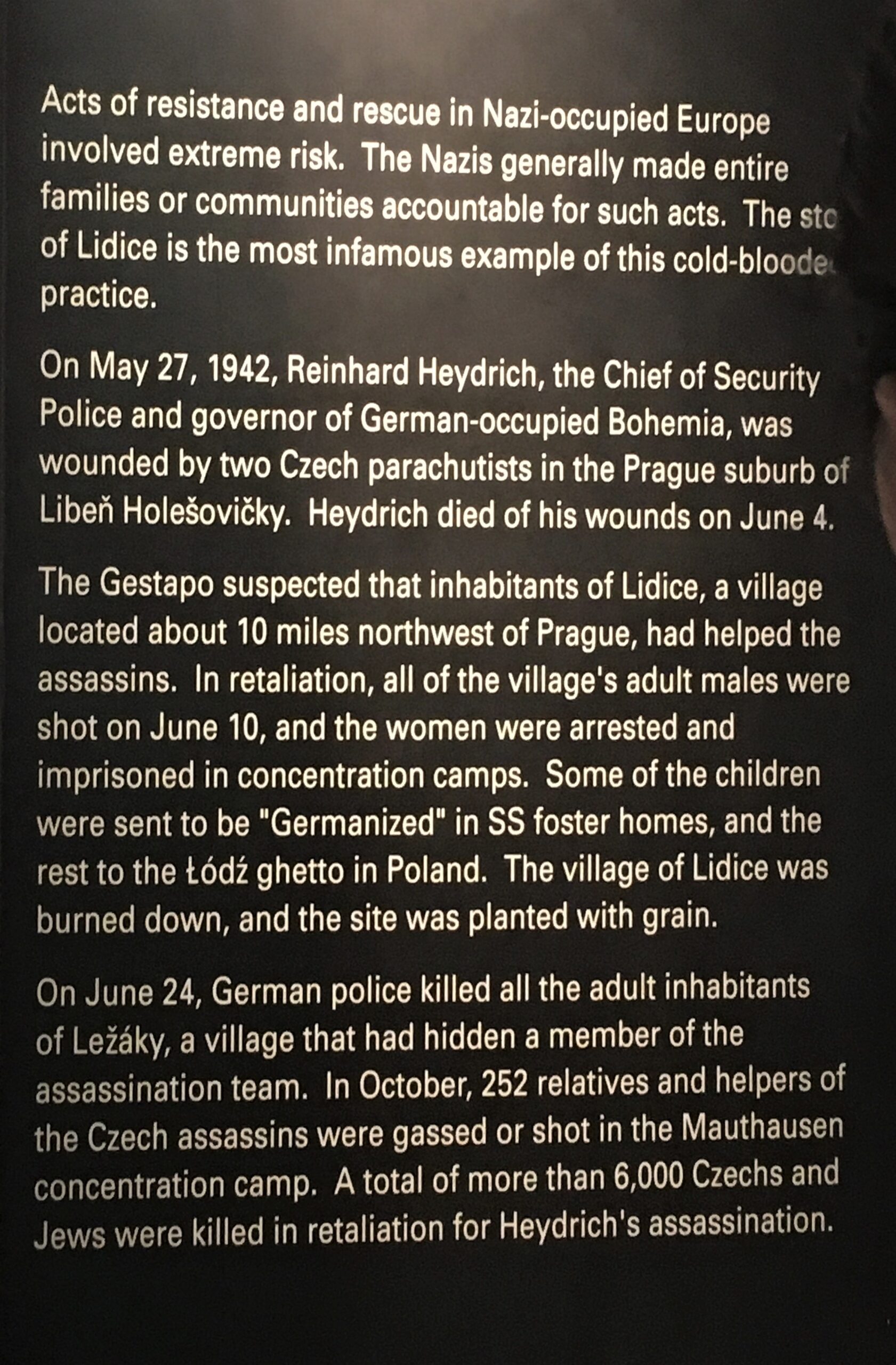
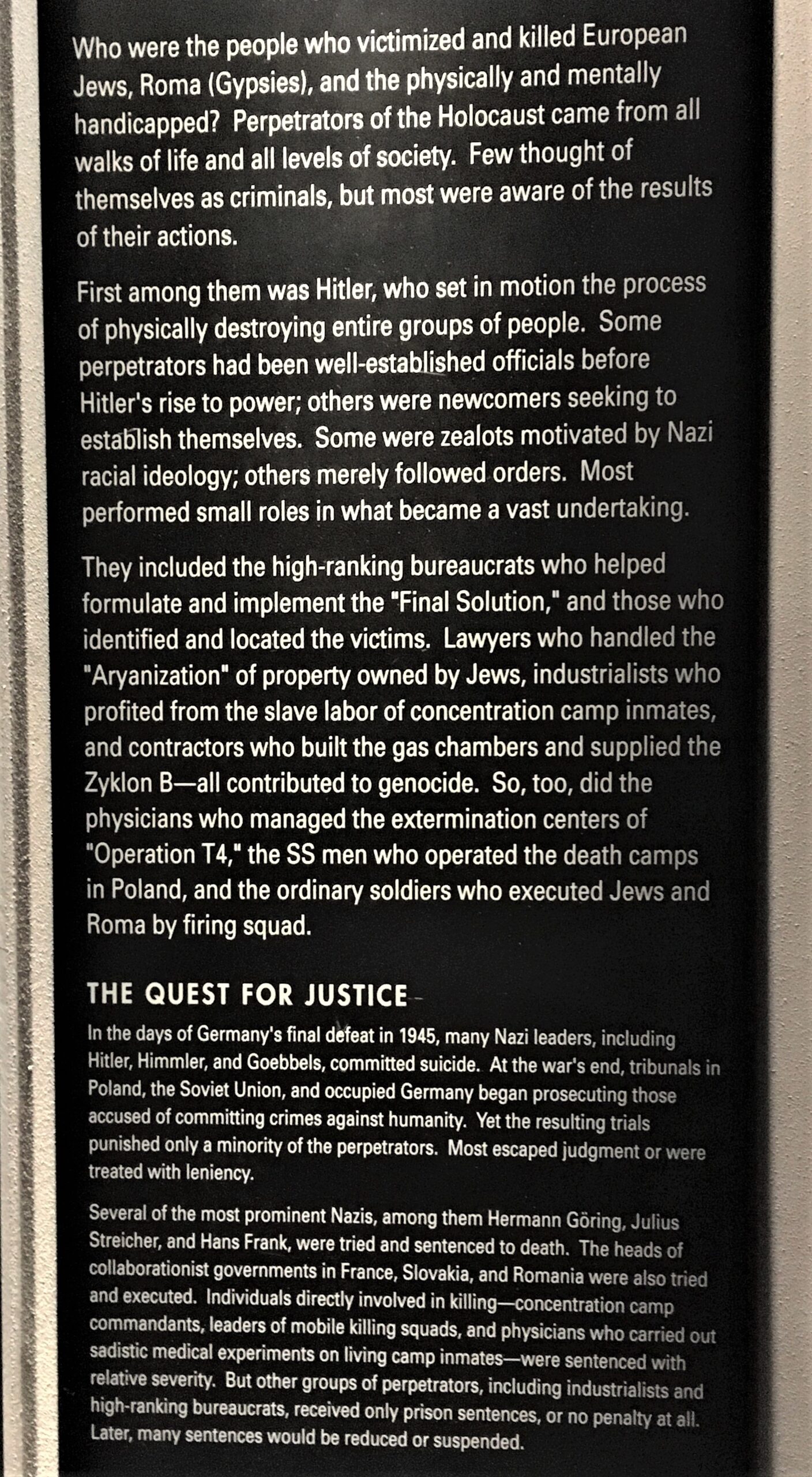

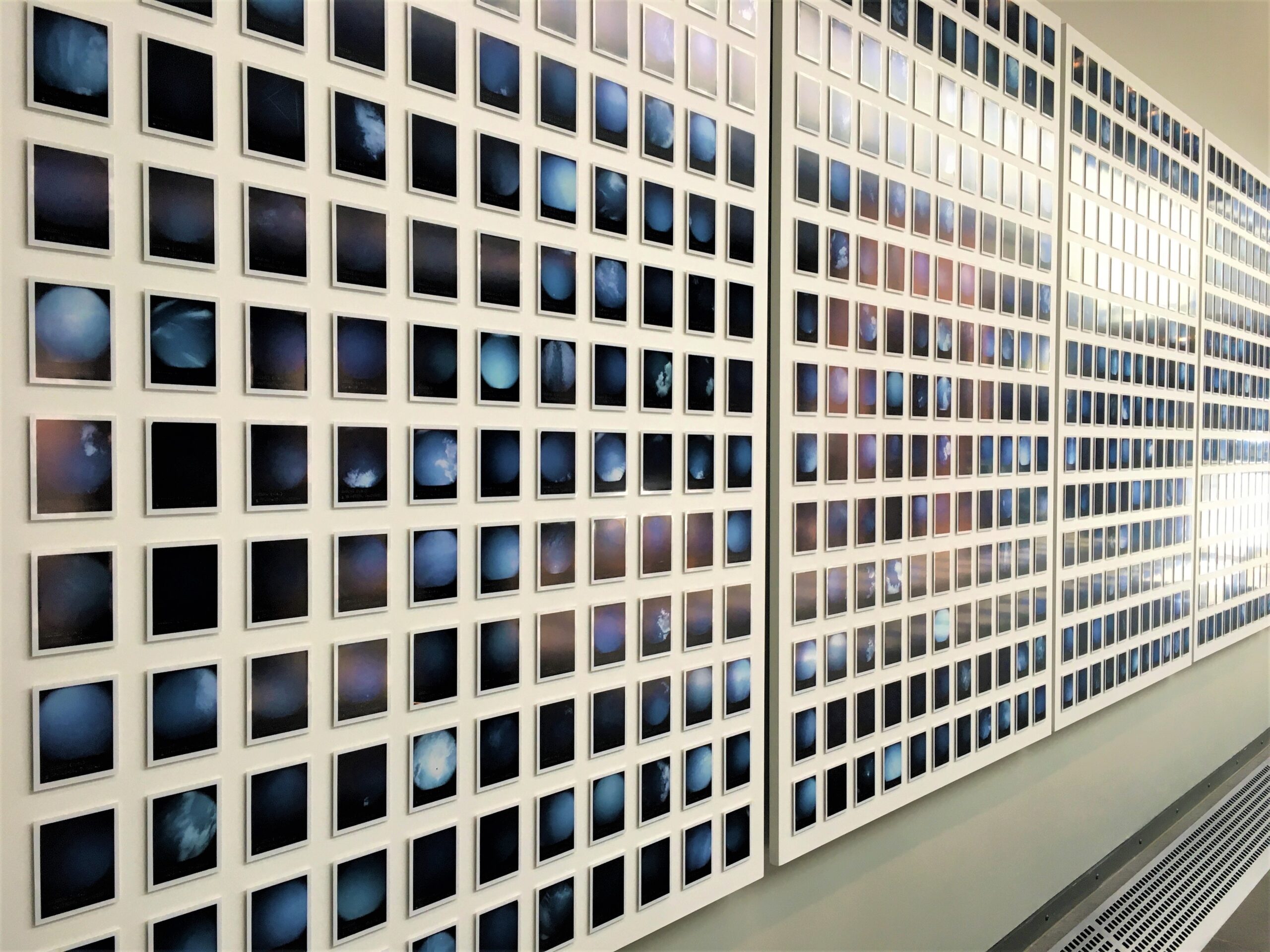
We couldn’t read the locations stamped on them.
The tour ends with the Hall of Remembrance. A sacred place meant to remind us and give us pause. A place designed for us to stop and reflect on what we’ve just seen and learned. It was full of people when we were there – sitting, standing, walking about, some talking. Lining every wall (and a few other places throughout the museum) was scripture. Unfortunately, even knowing and feeling called to remember, we just wanted to flee. I don’t know if it was the unveiling of a large portion of the heart-wrenching truth (for I have since discovered things that we didn’t learn in this place), or the fact that so many were milling about in this room, but we weren’t able to pause and be reverent.
We fled.
Still, this place will always remain in our hearts.

The picture comes from the museum’s website.
Even with all this explanation; even as awful as it sounds; we still highly recommend everyone who finds themselves in Washington DC; make the time to view this place. It promises to touch your life in a profound way.
